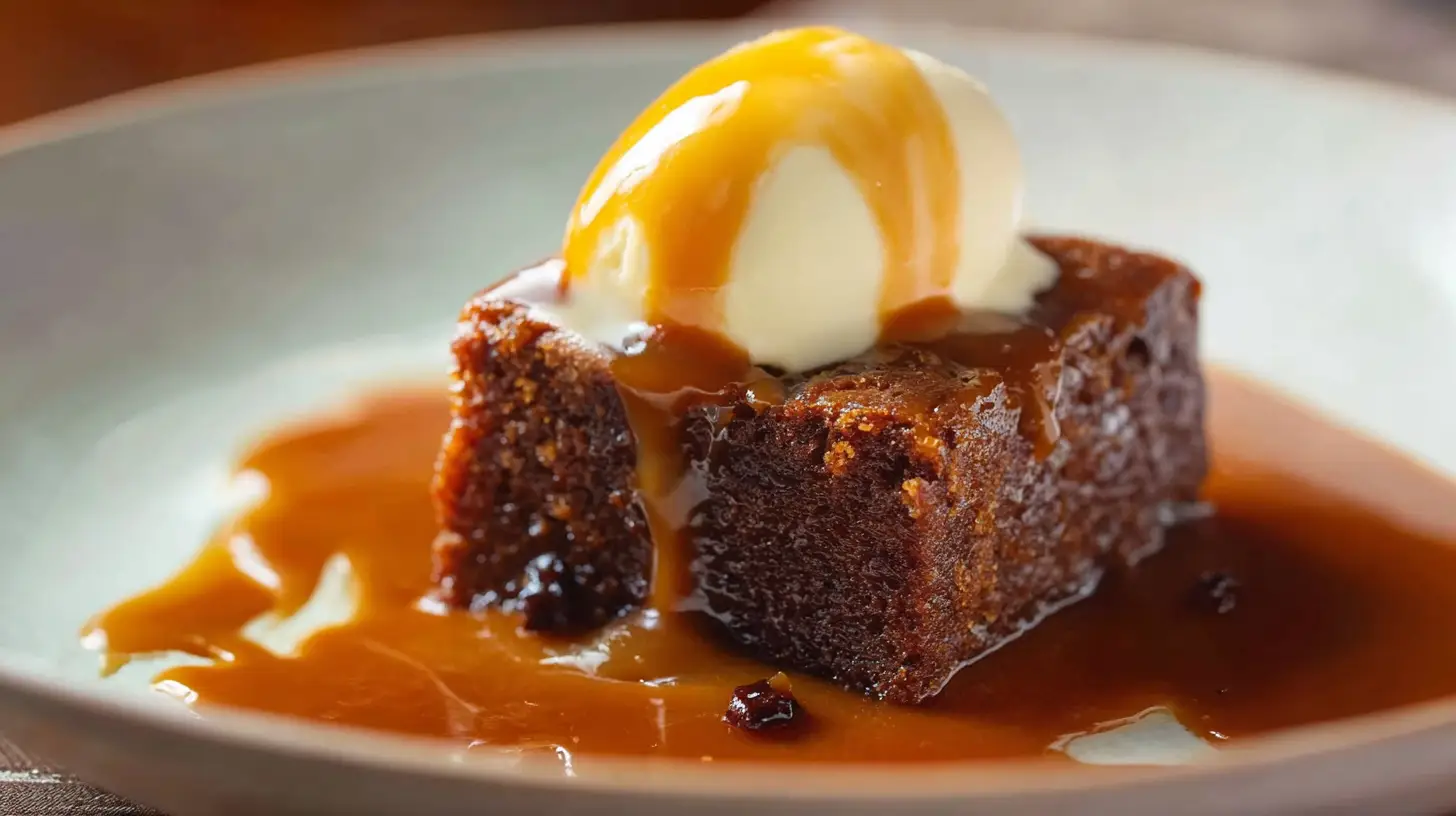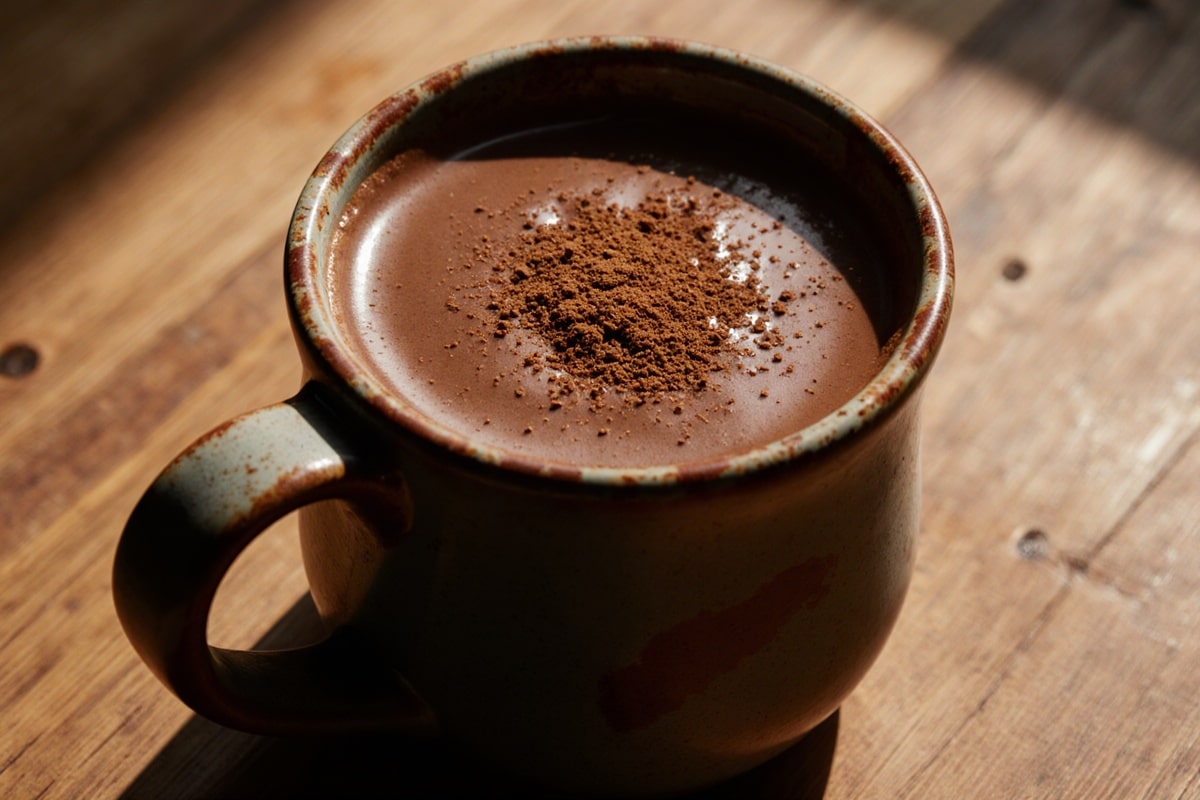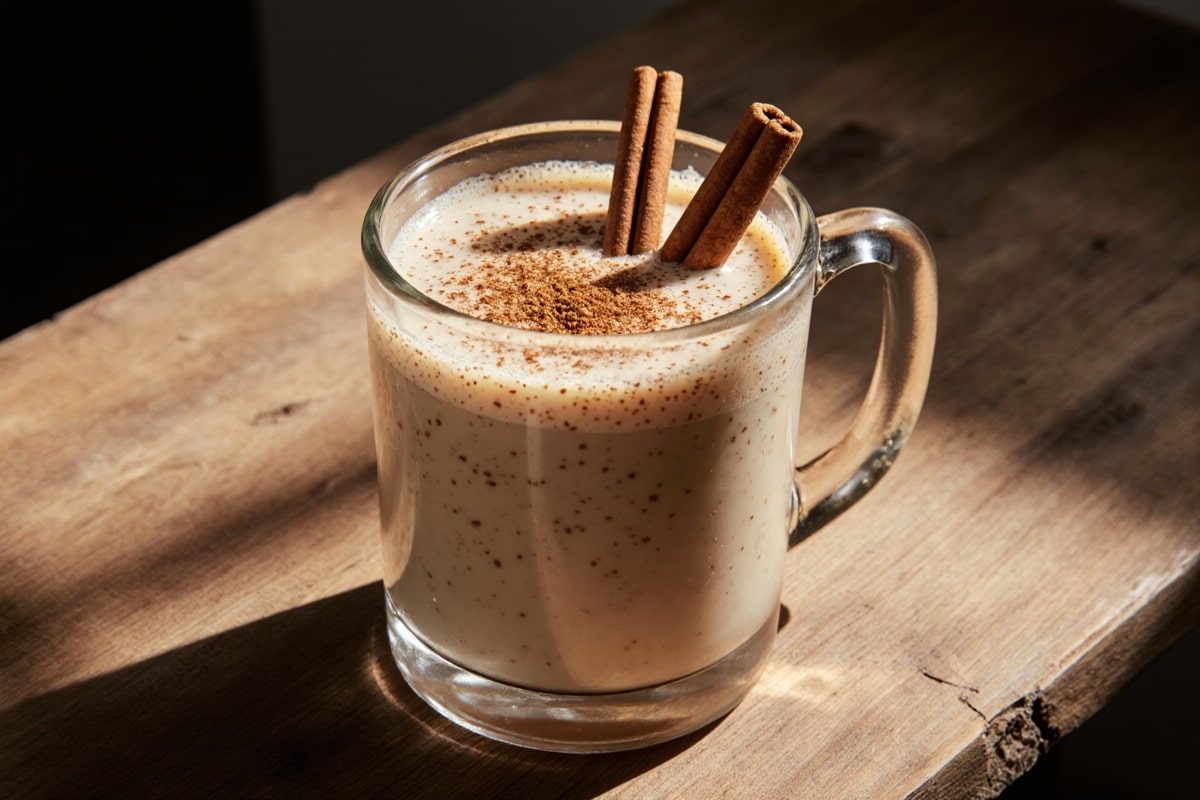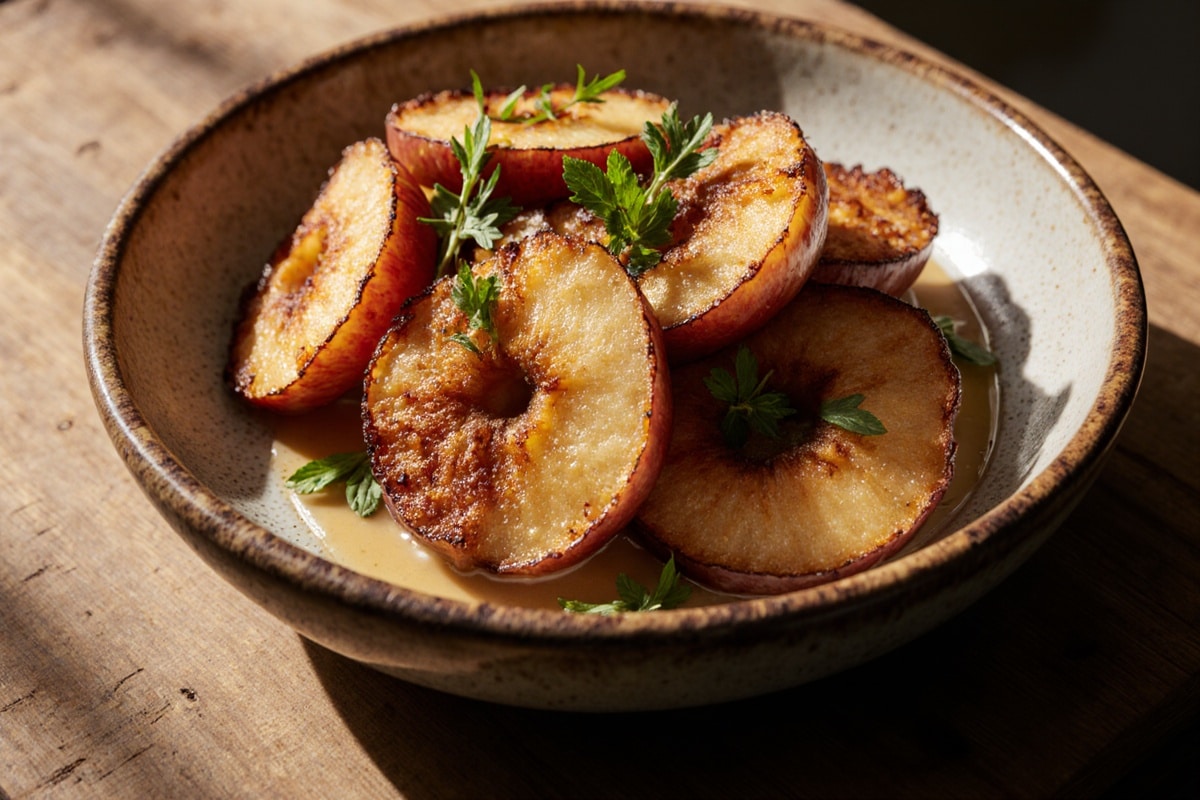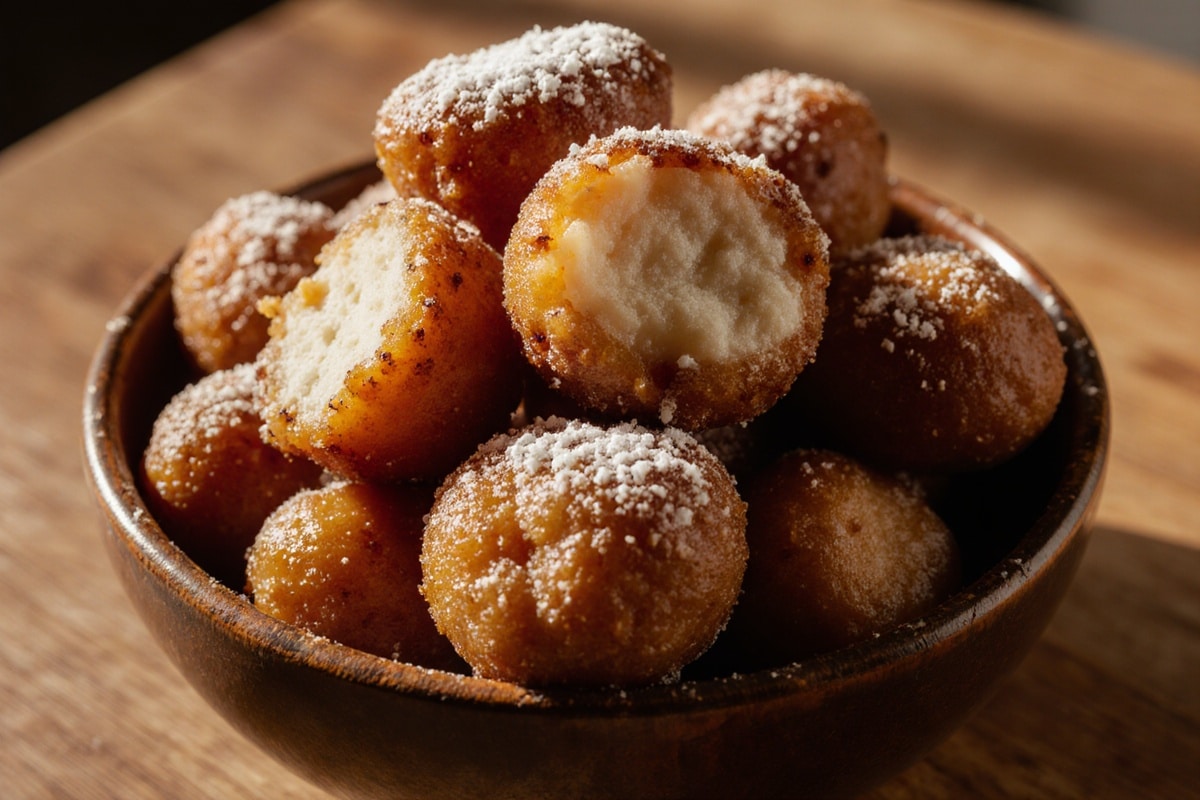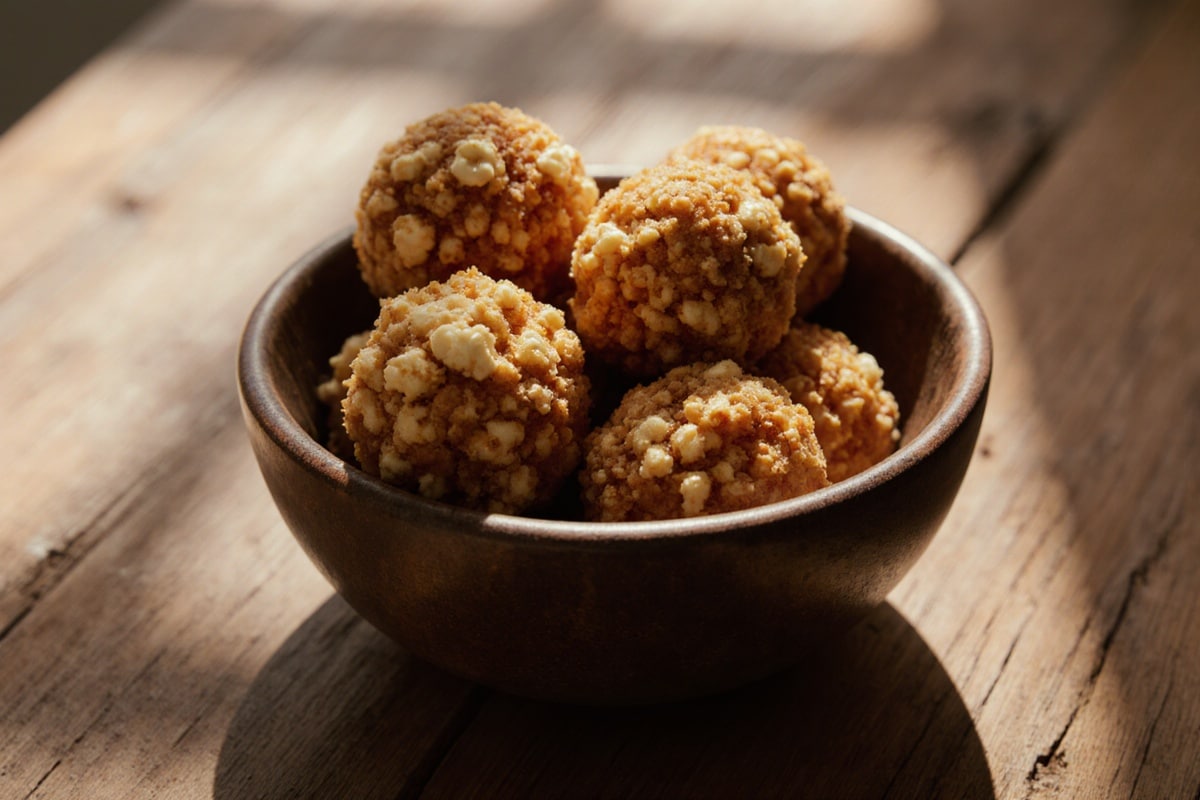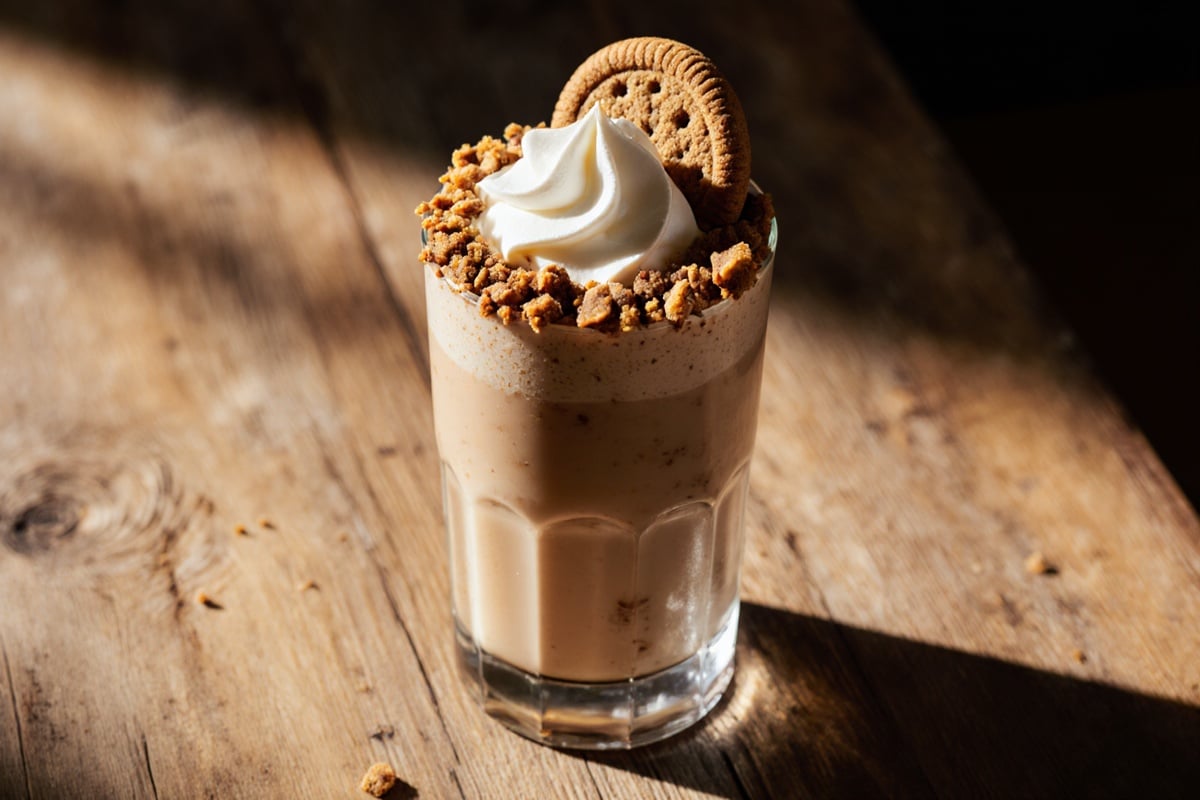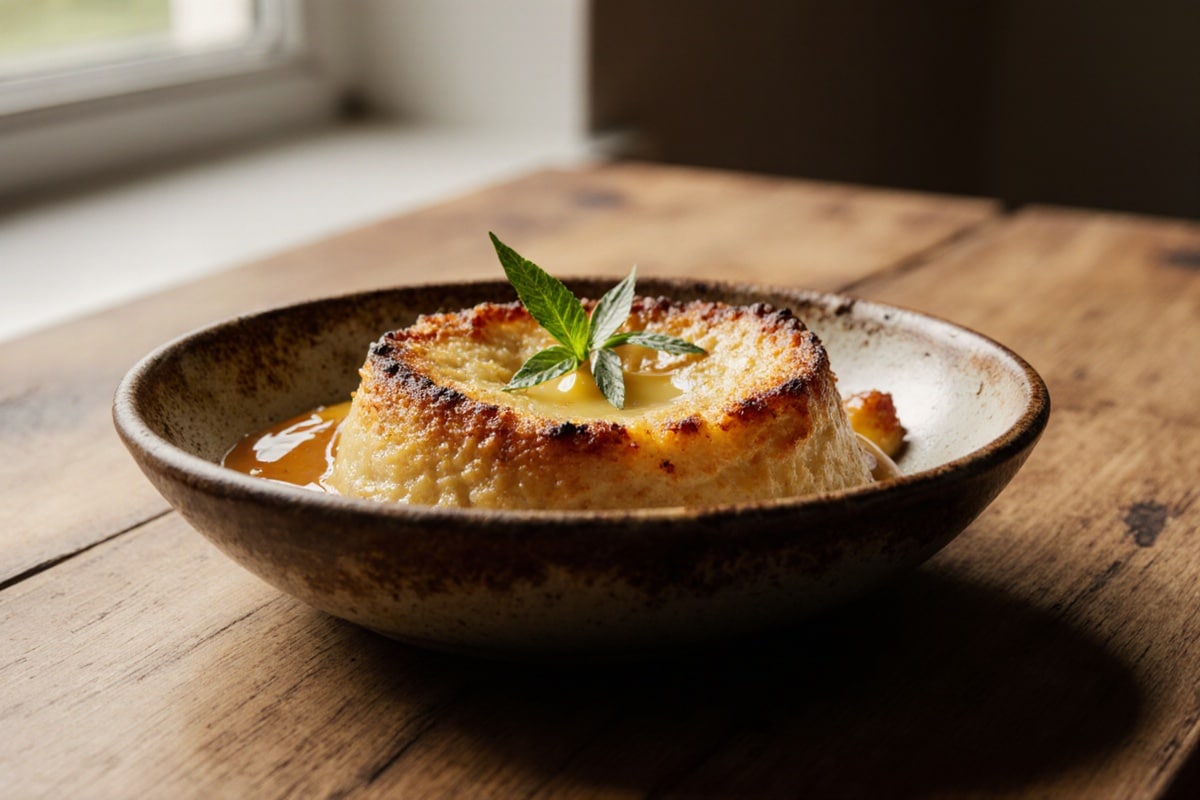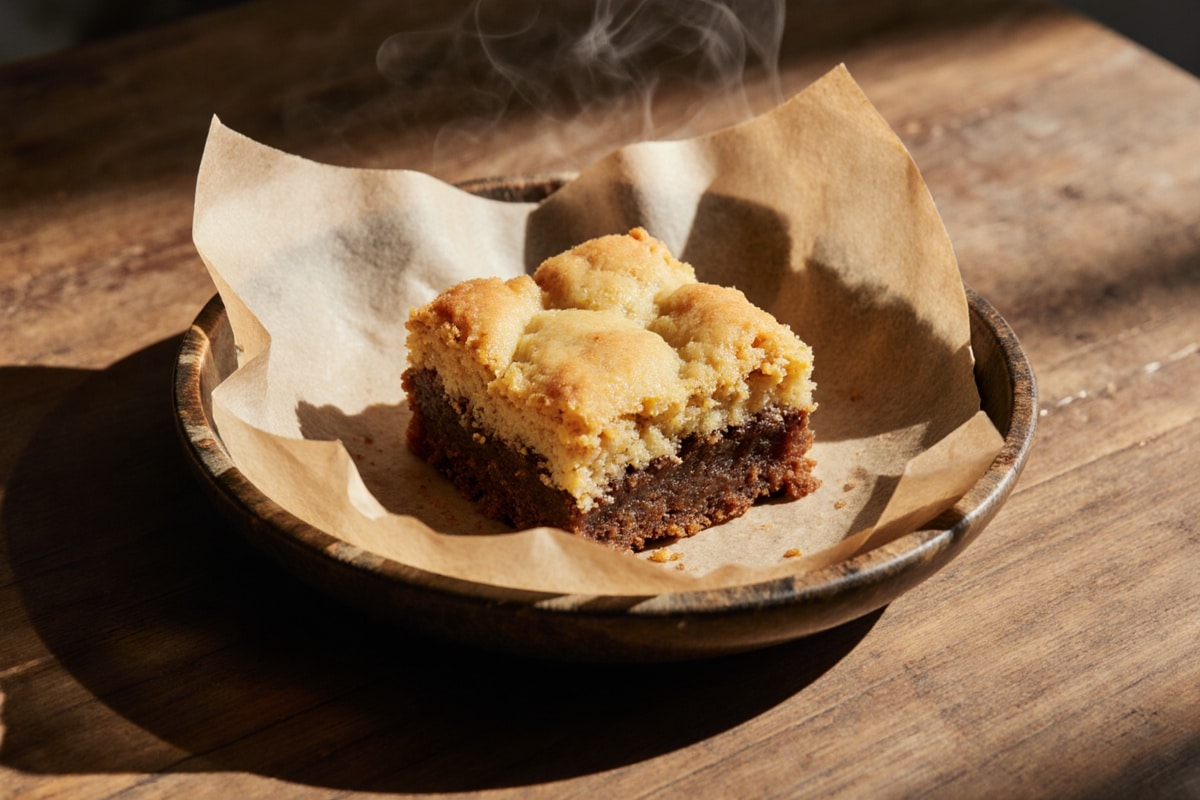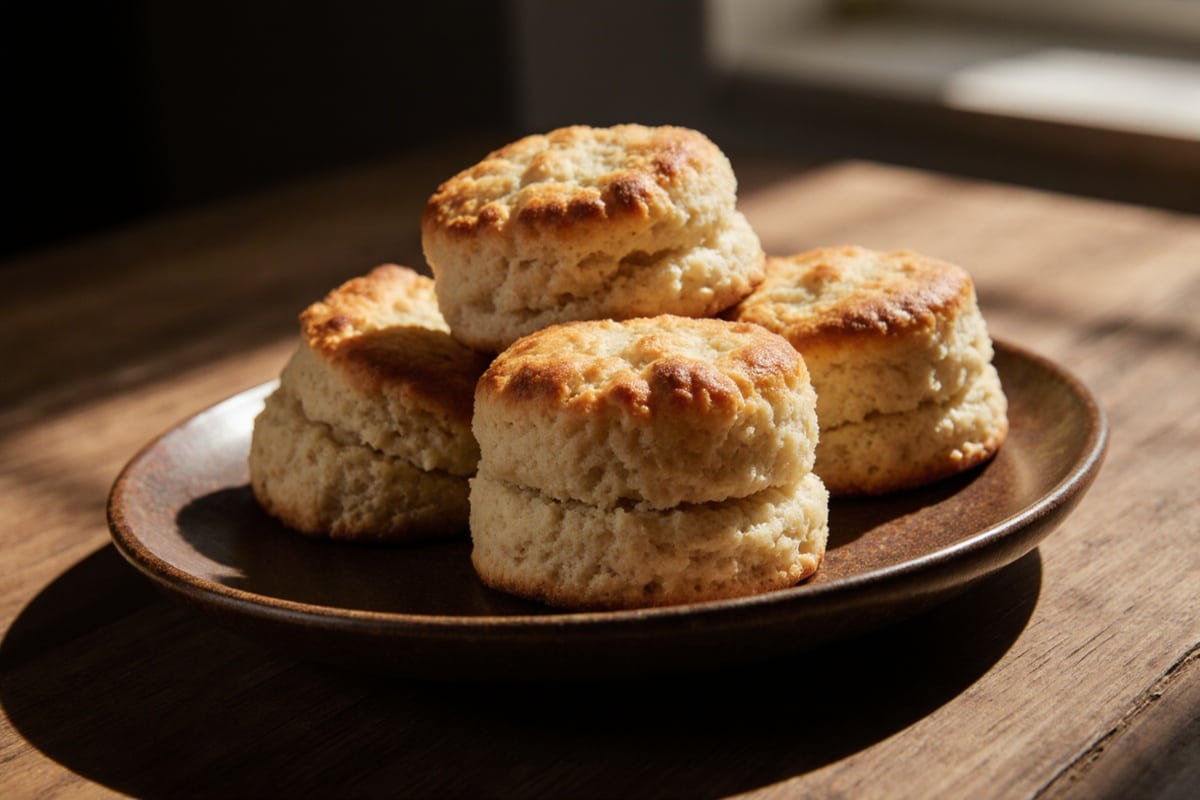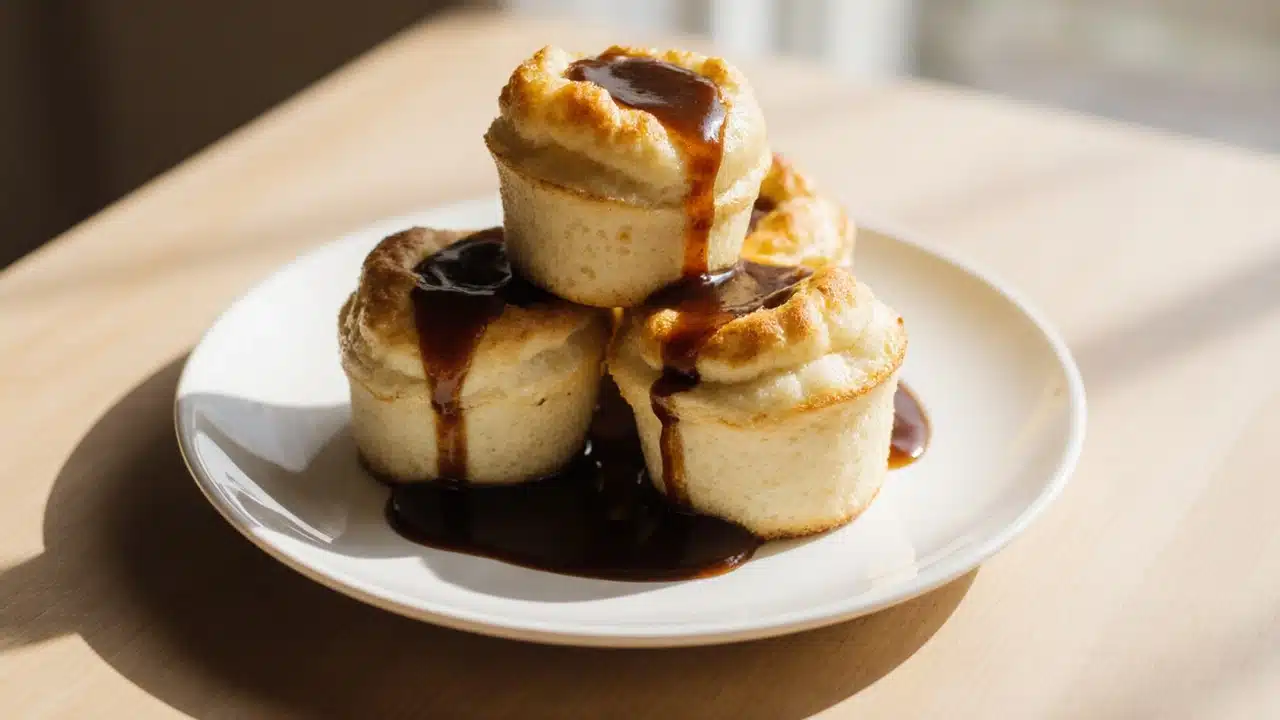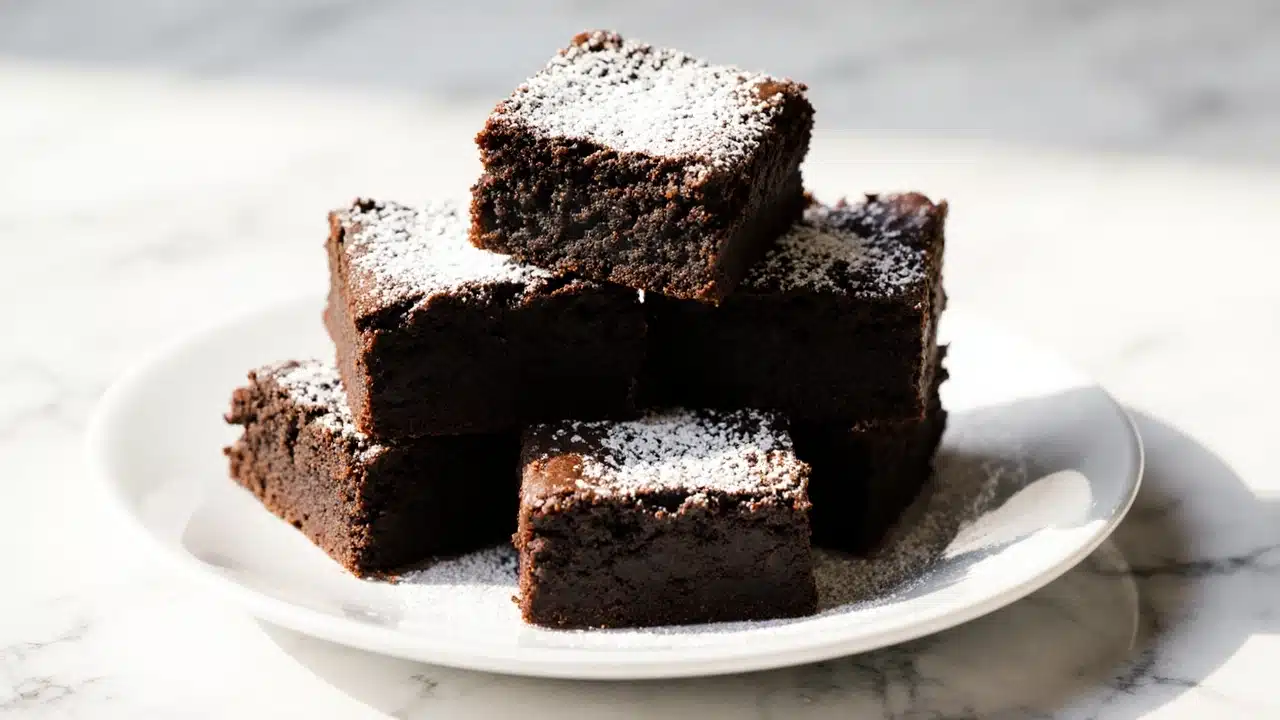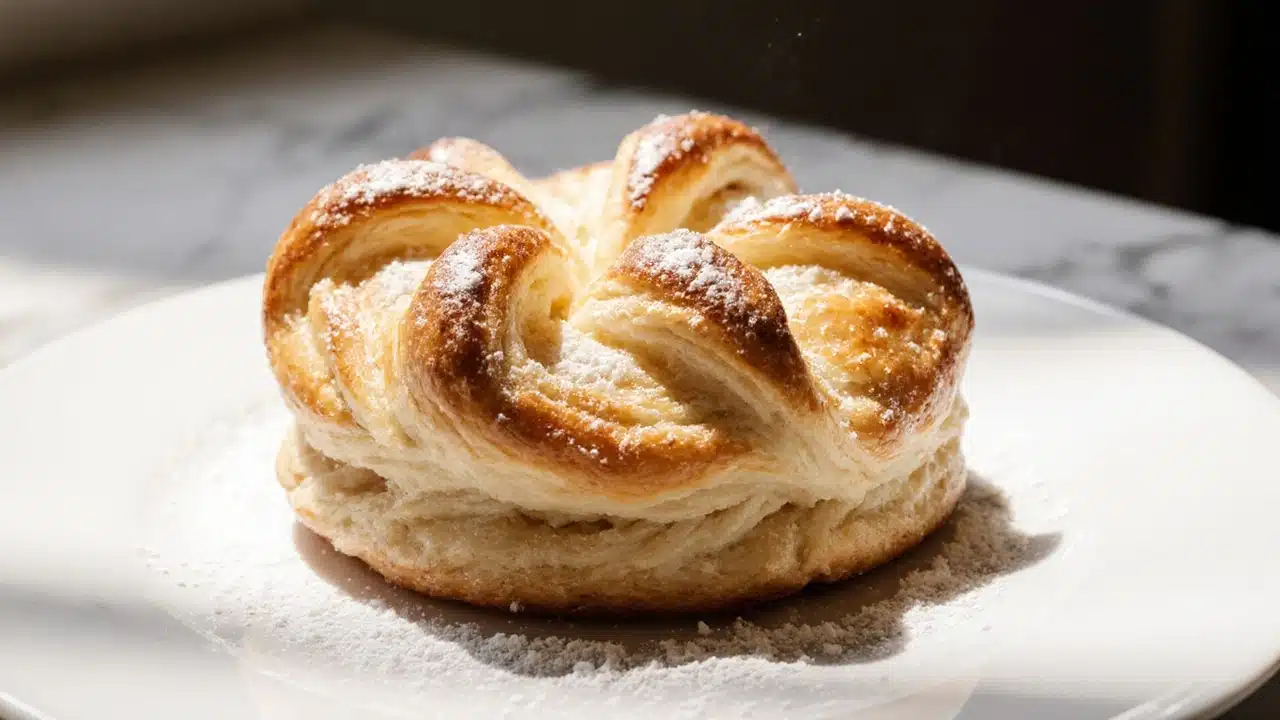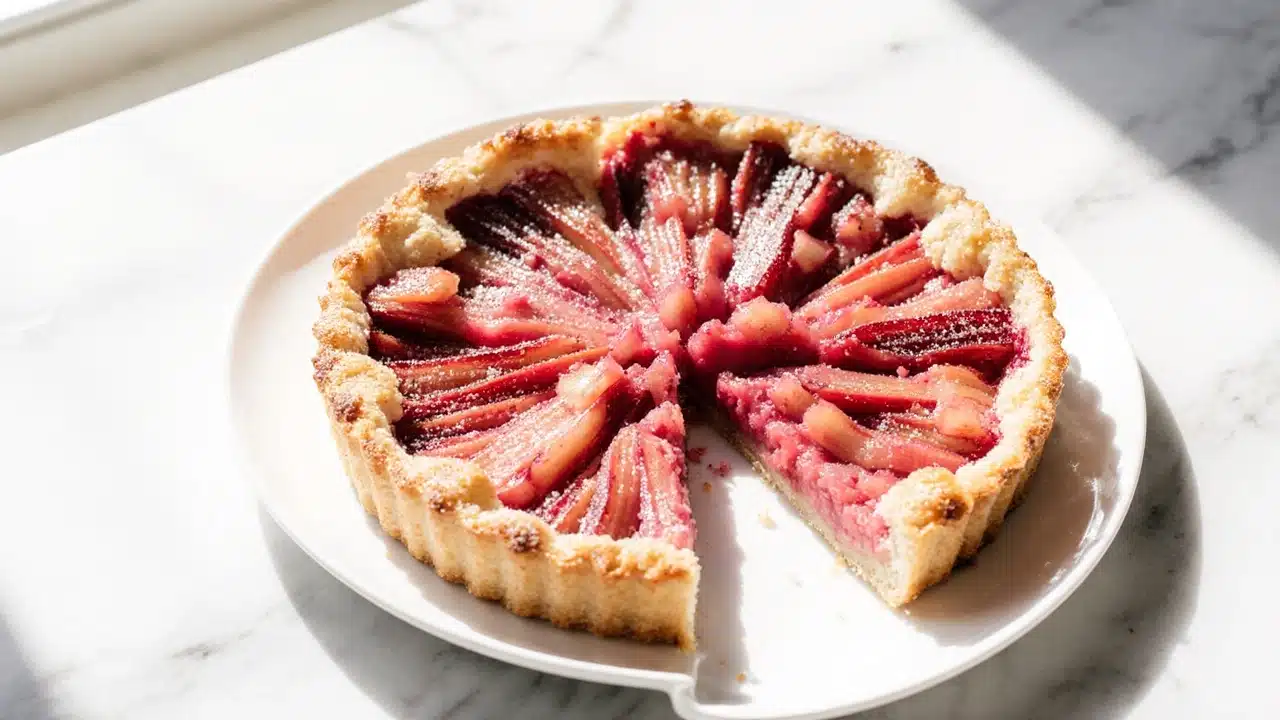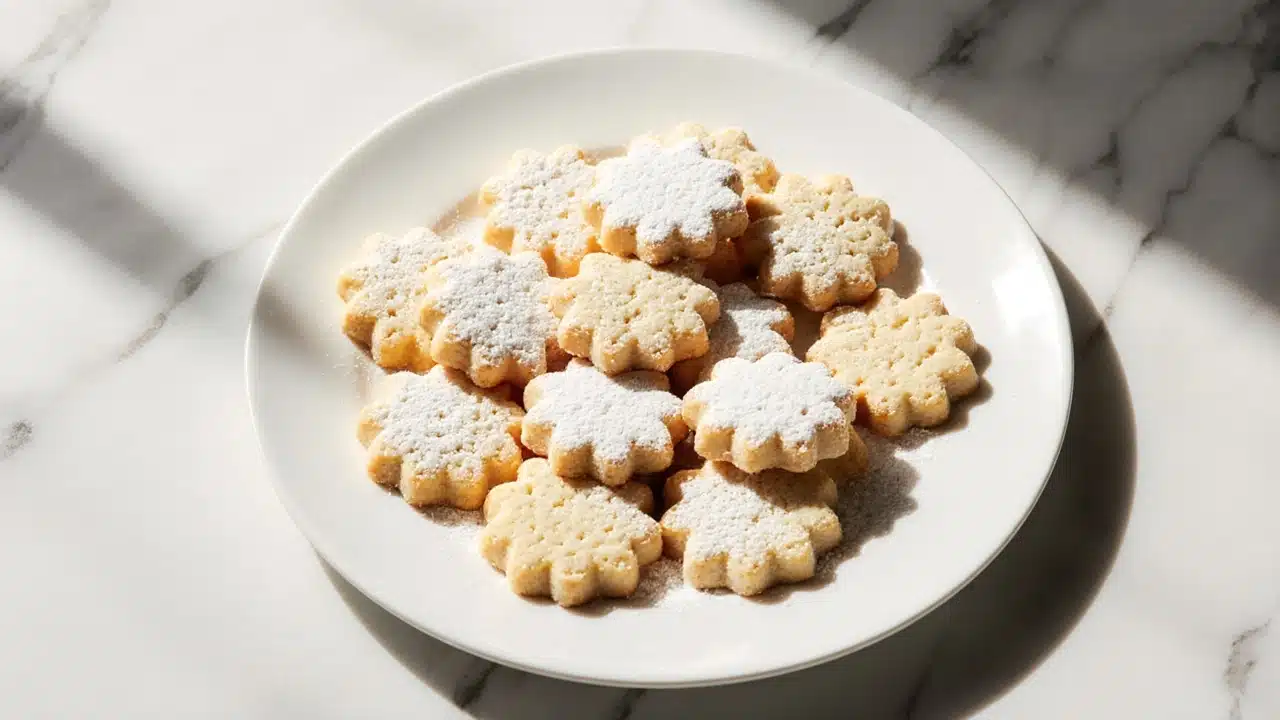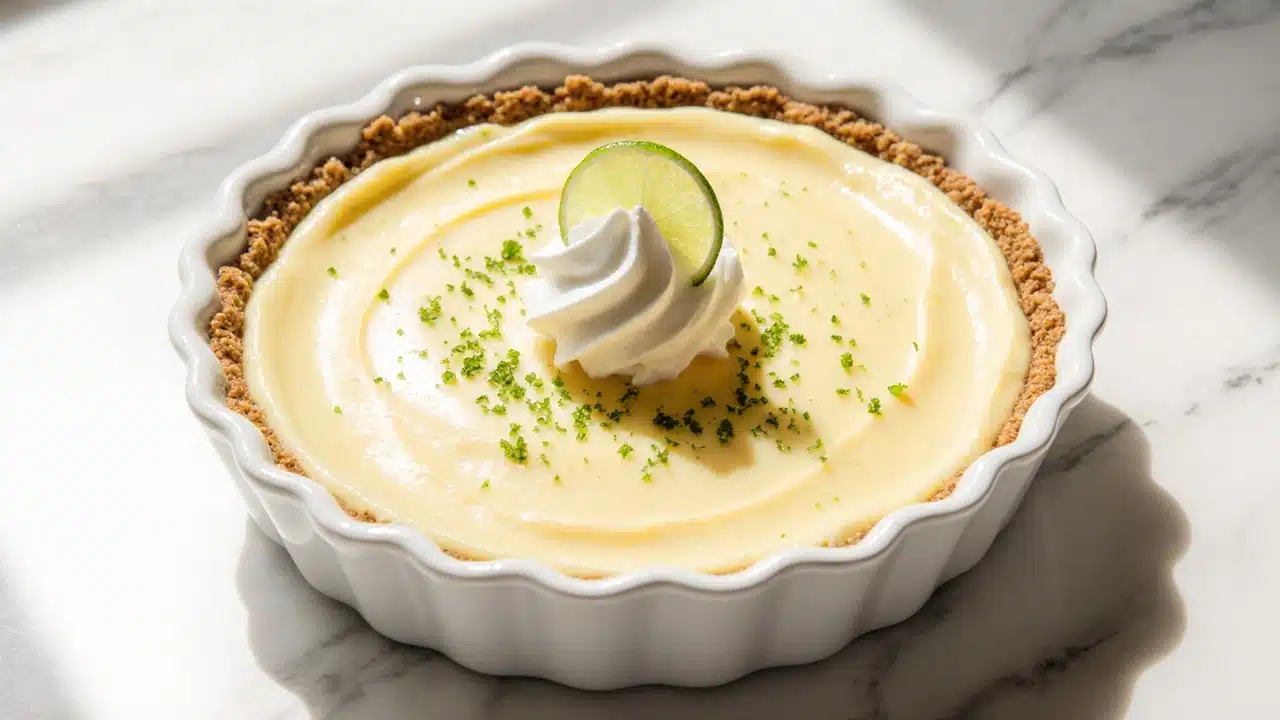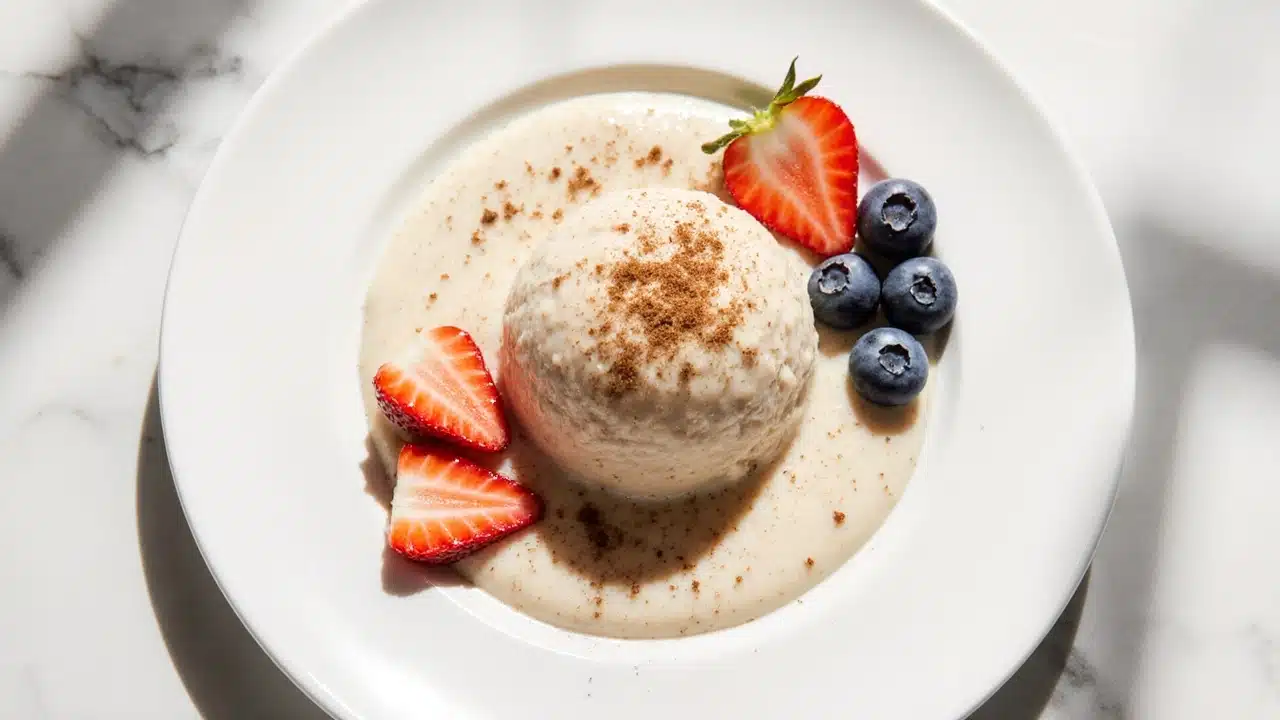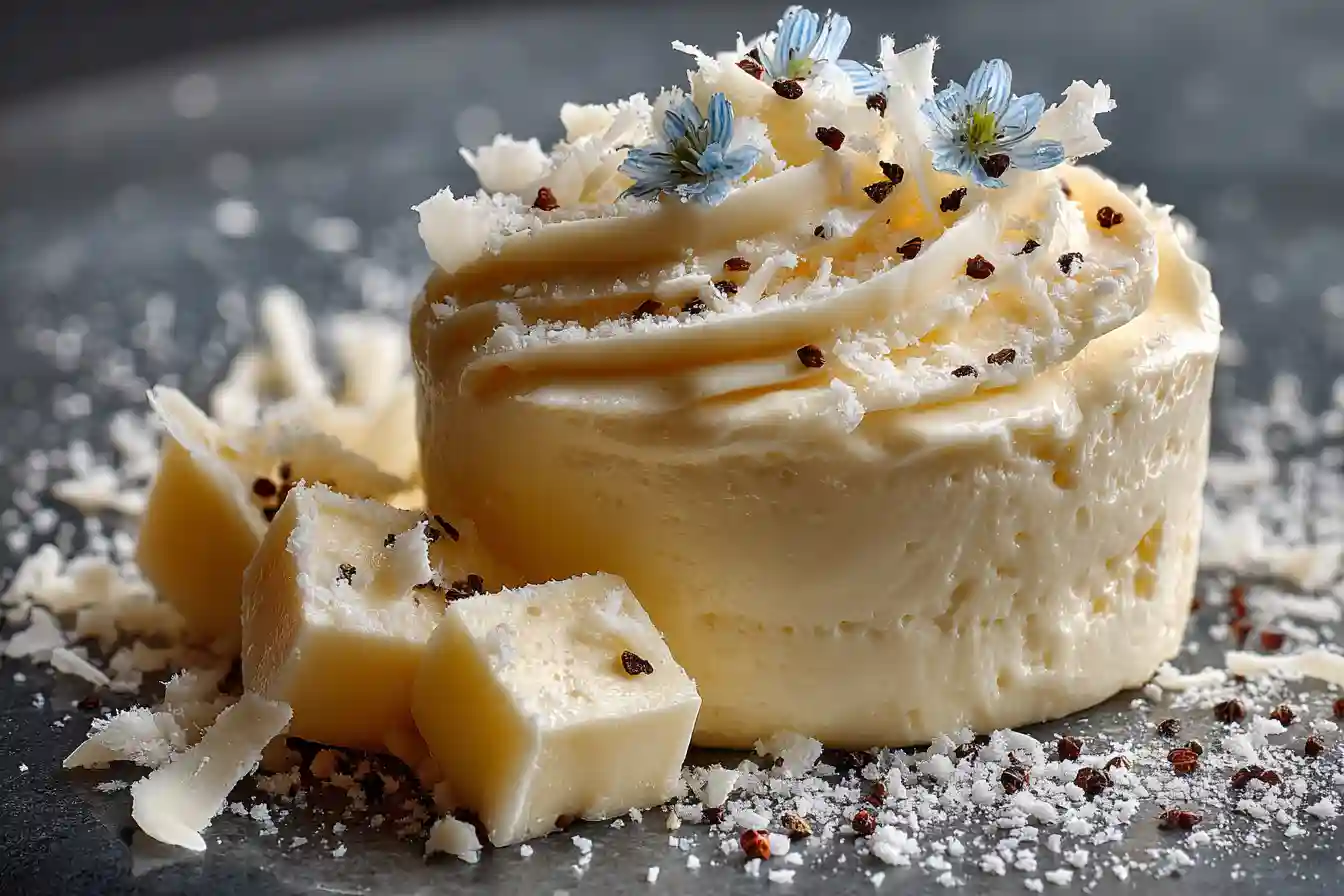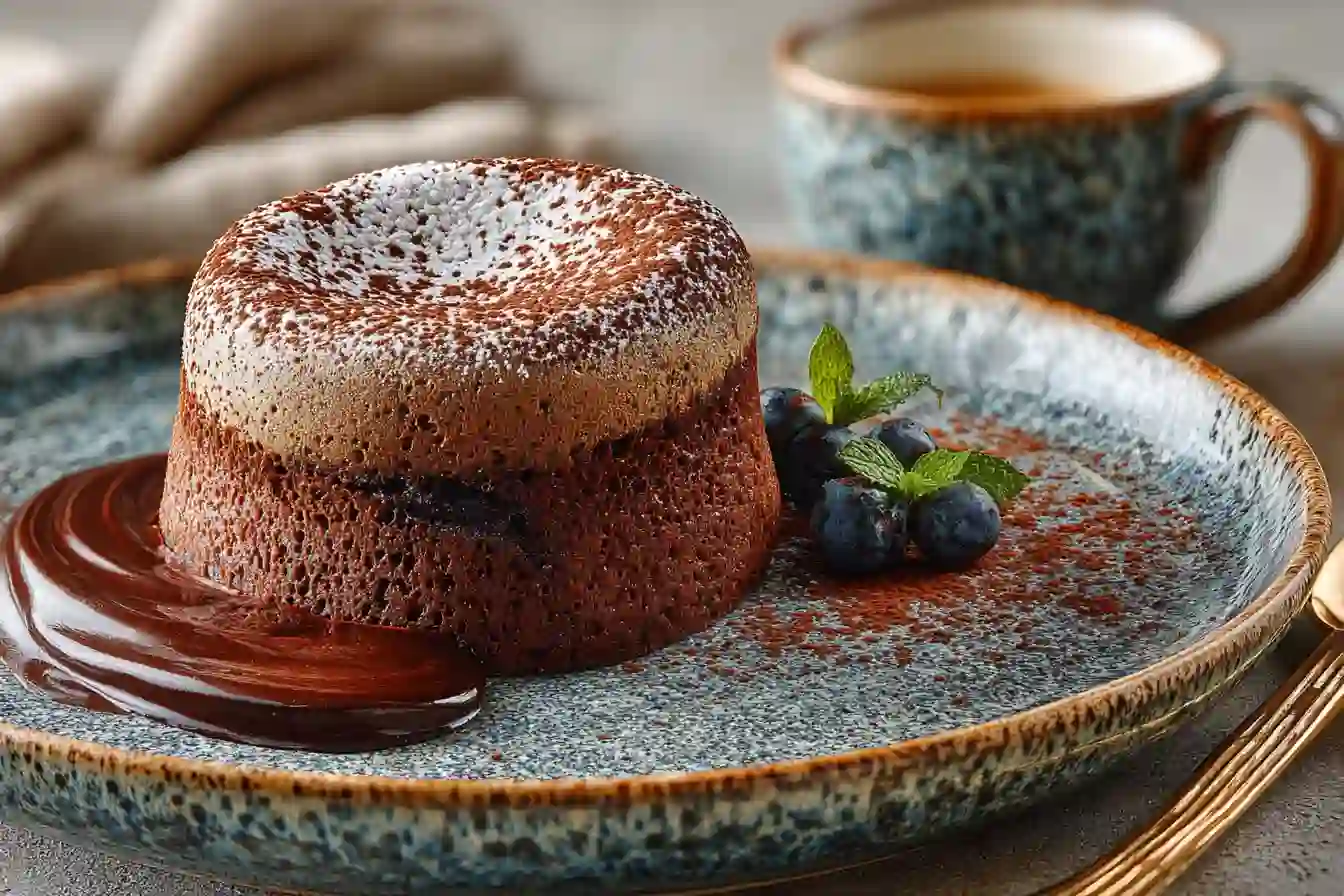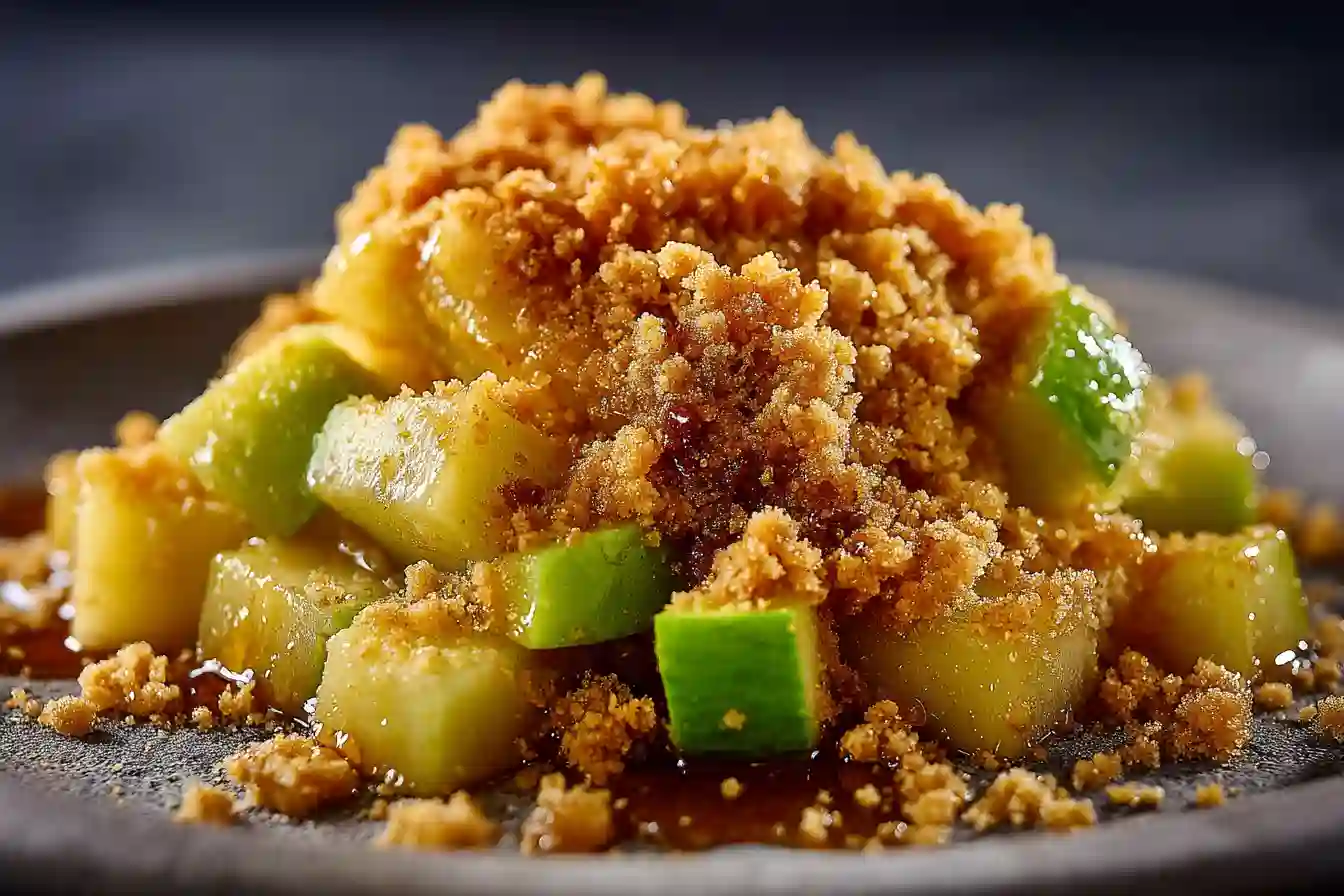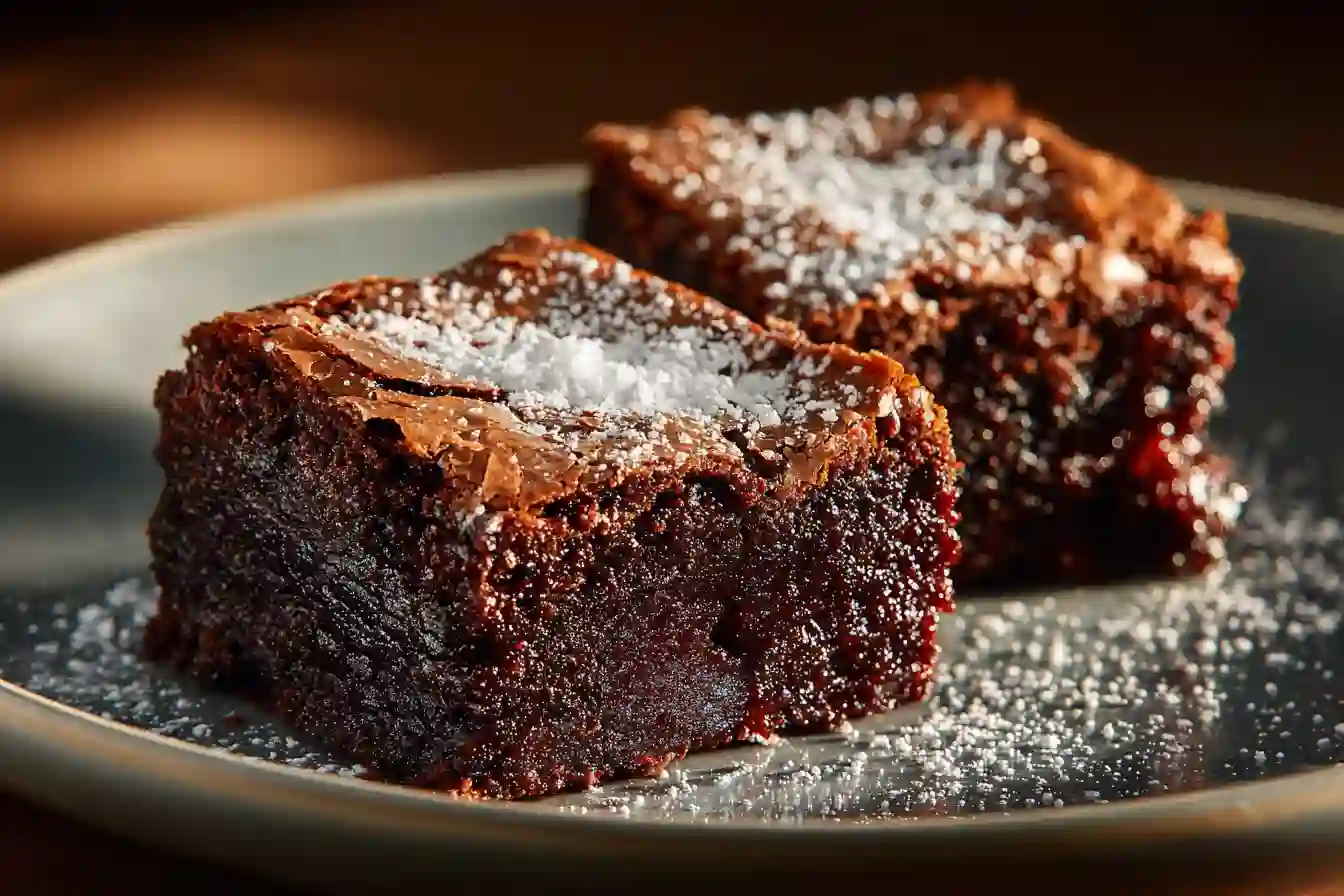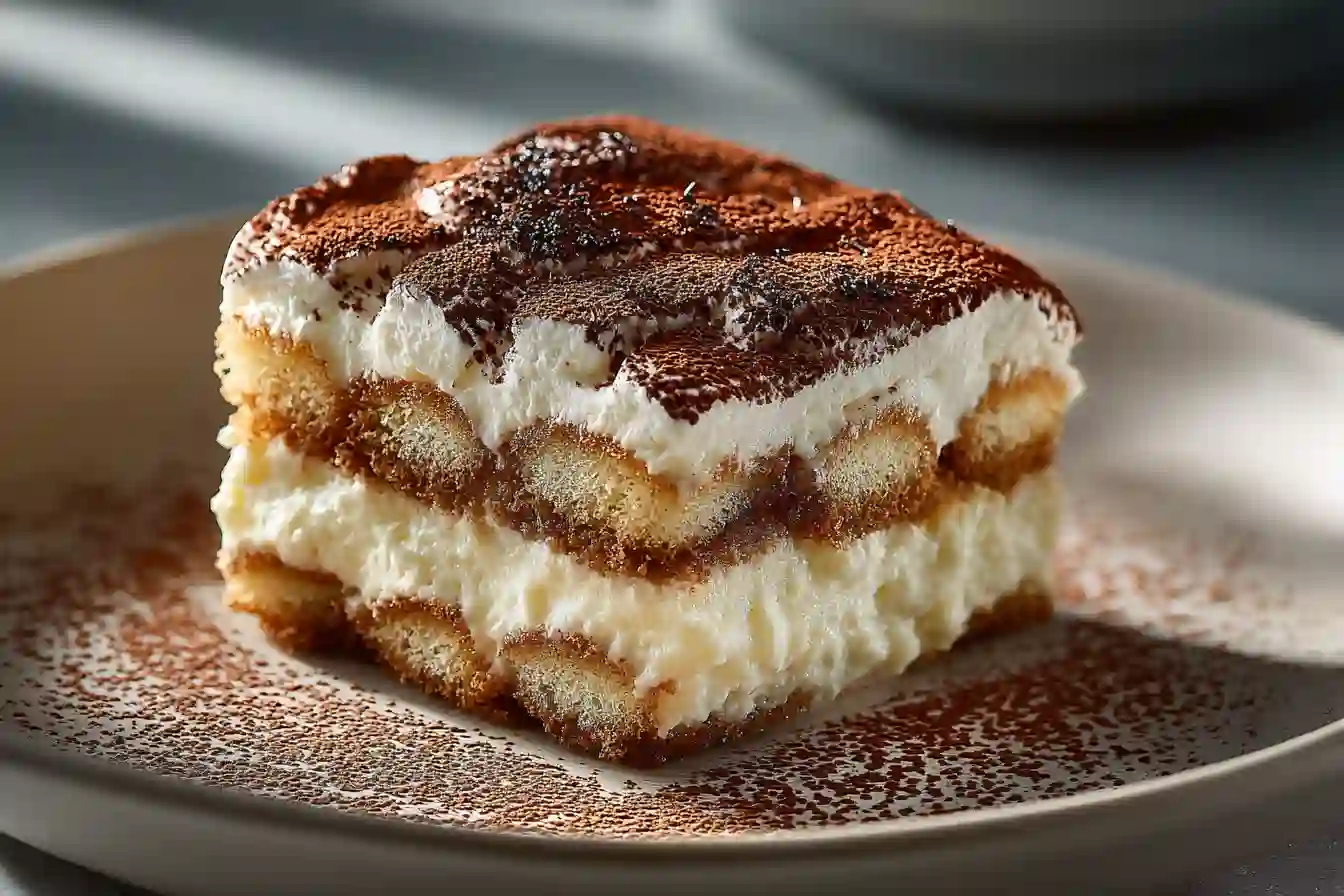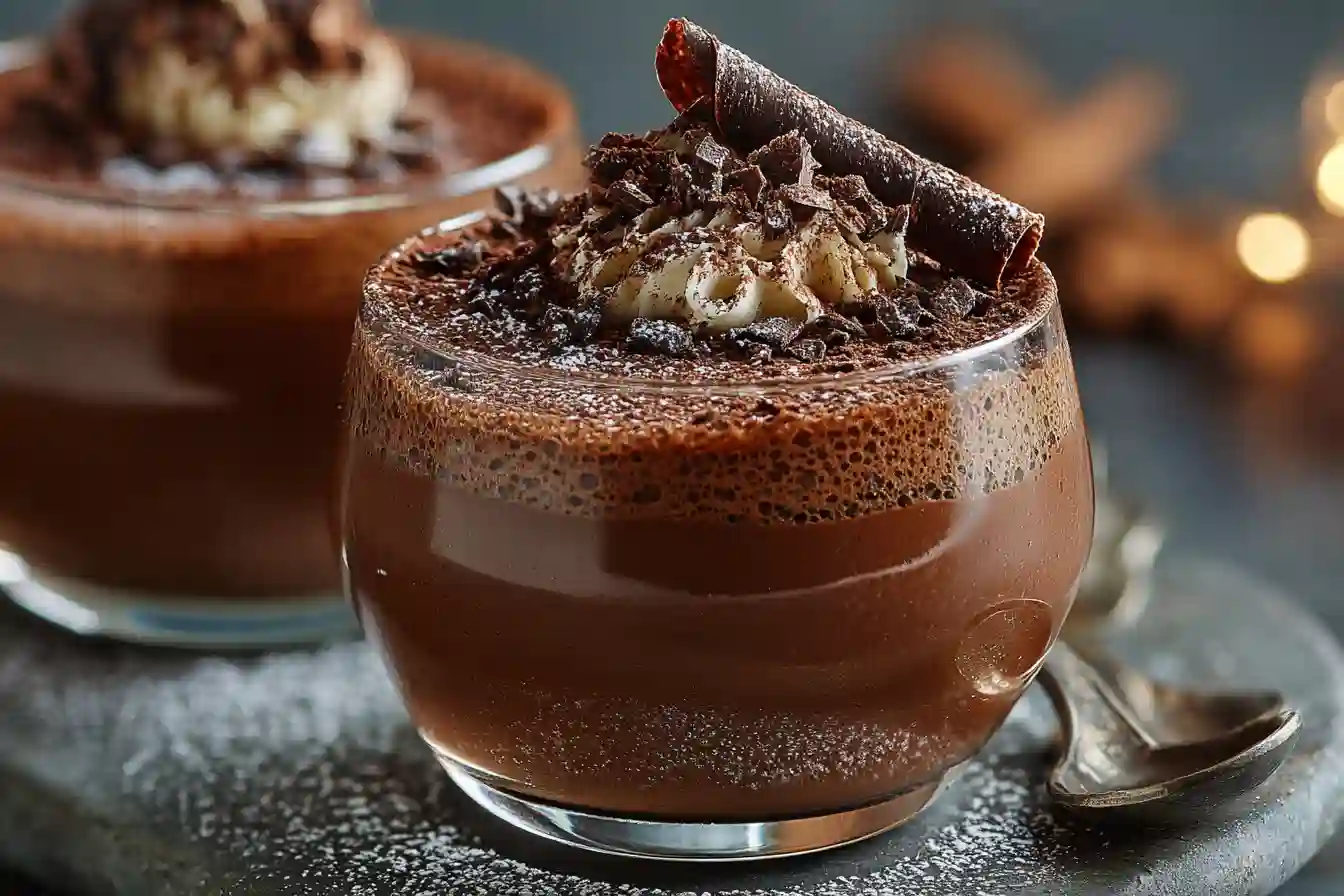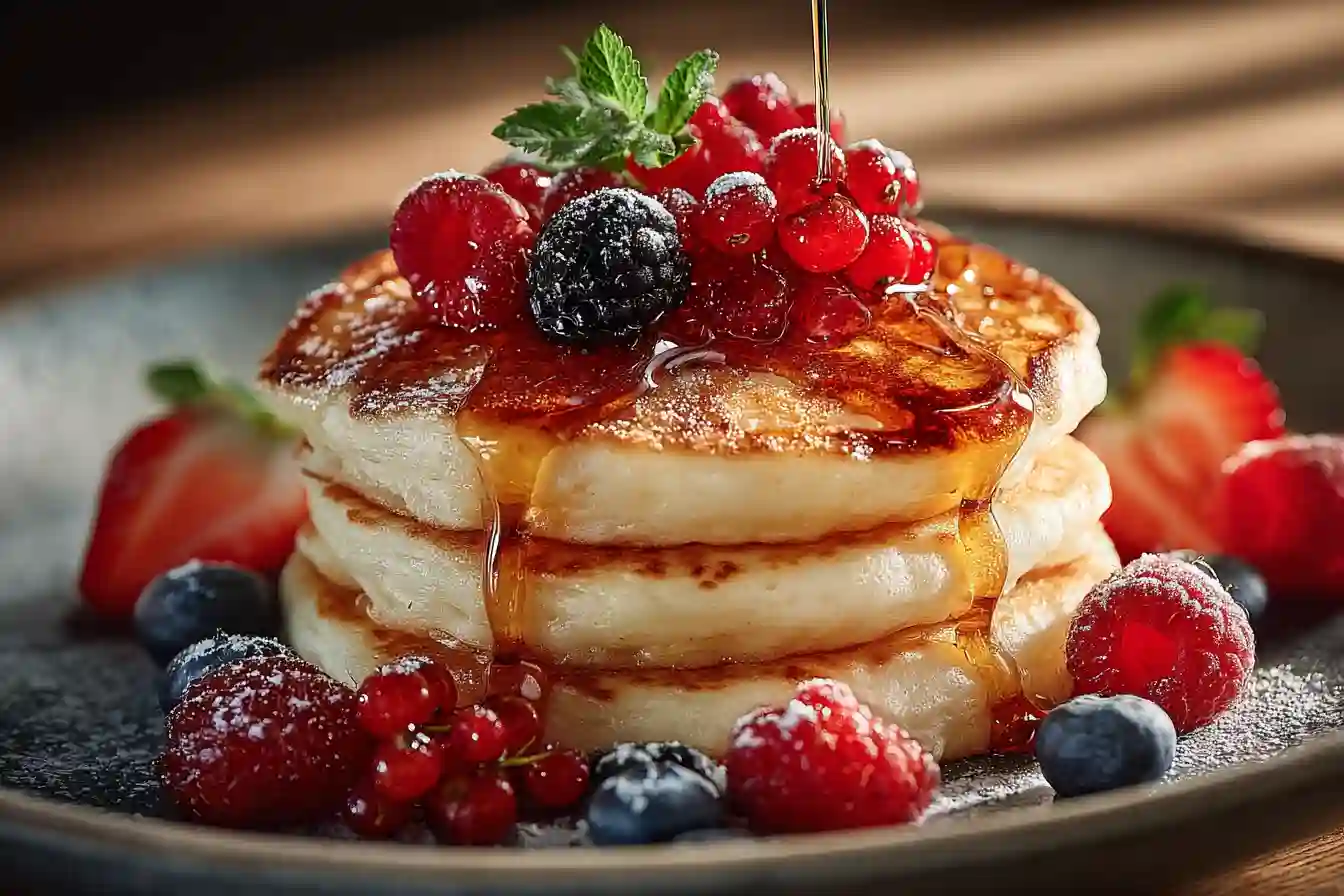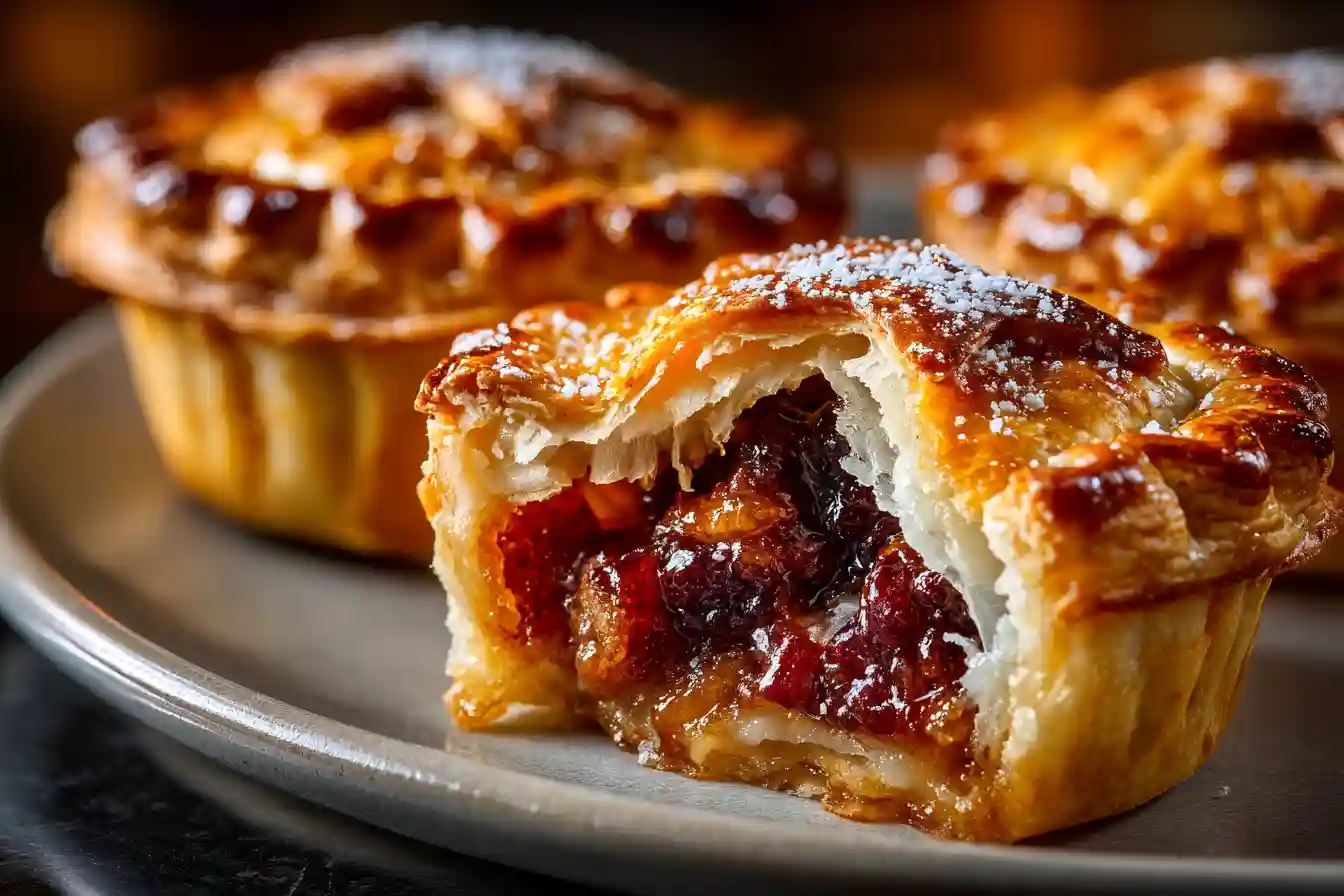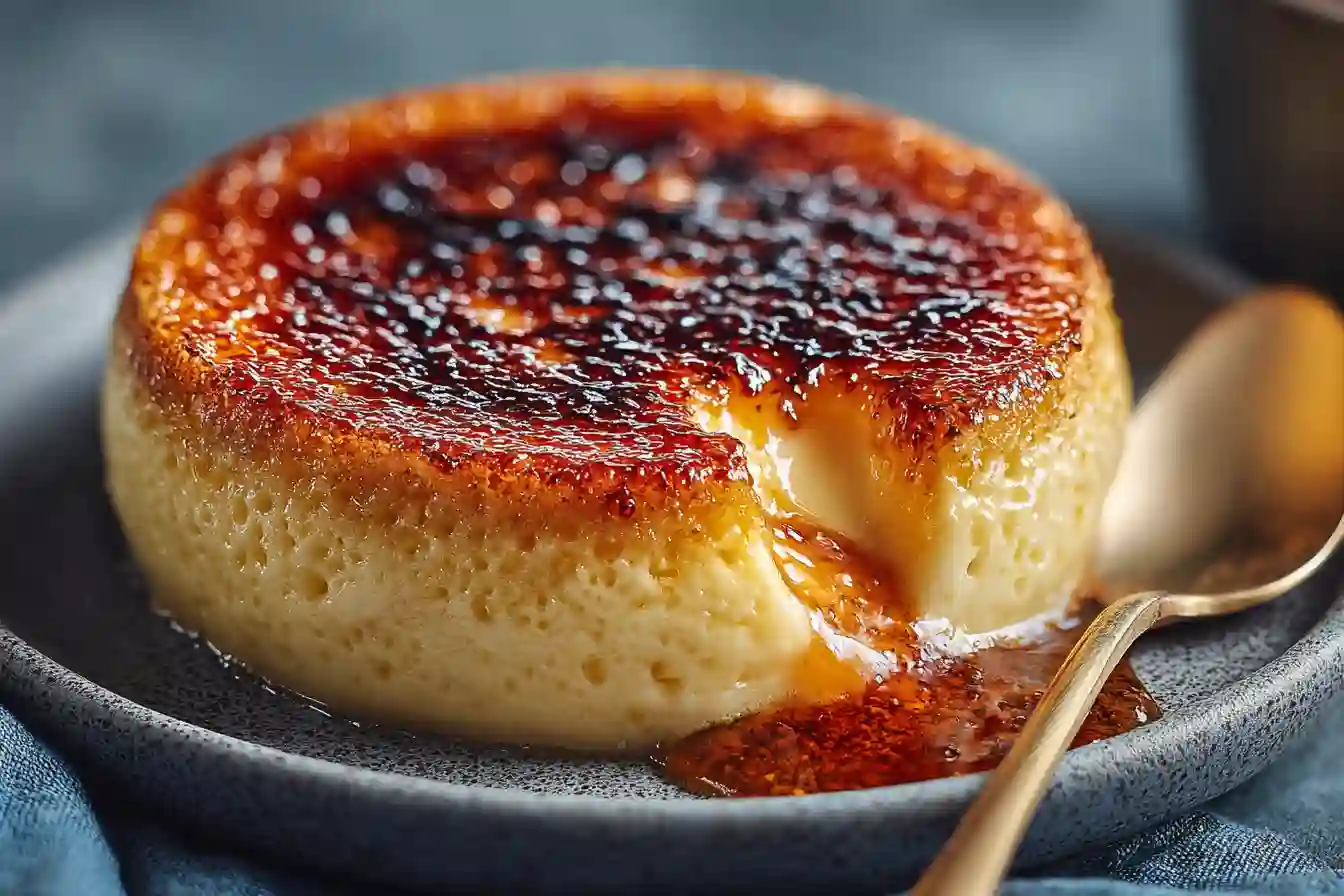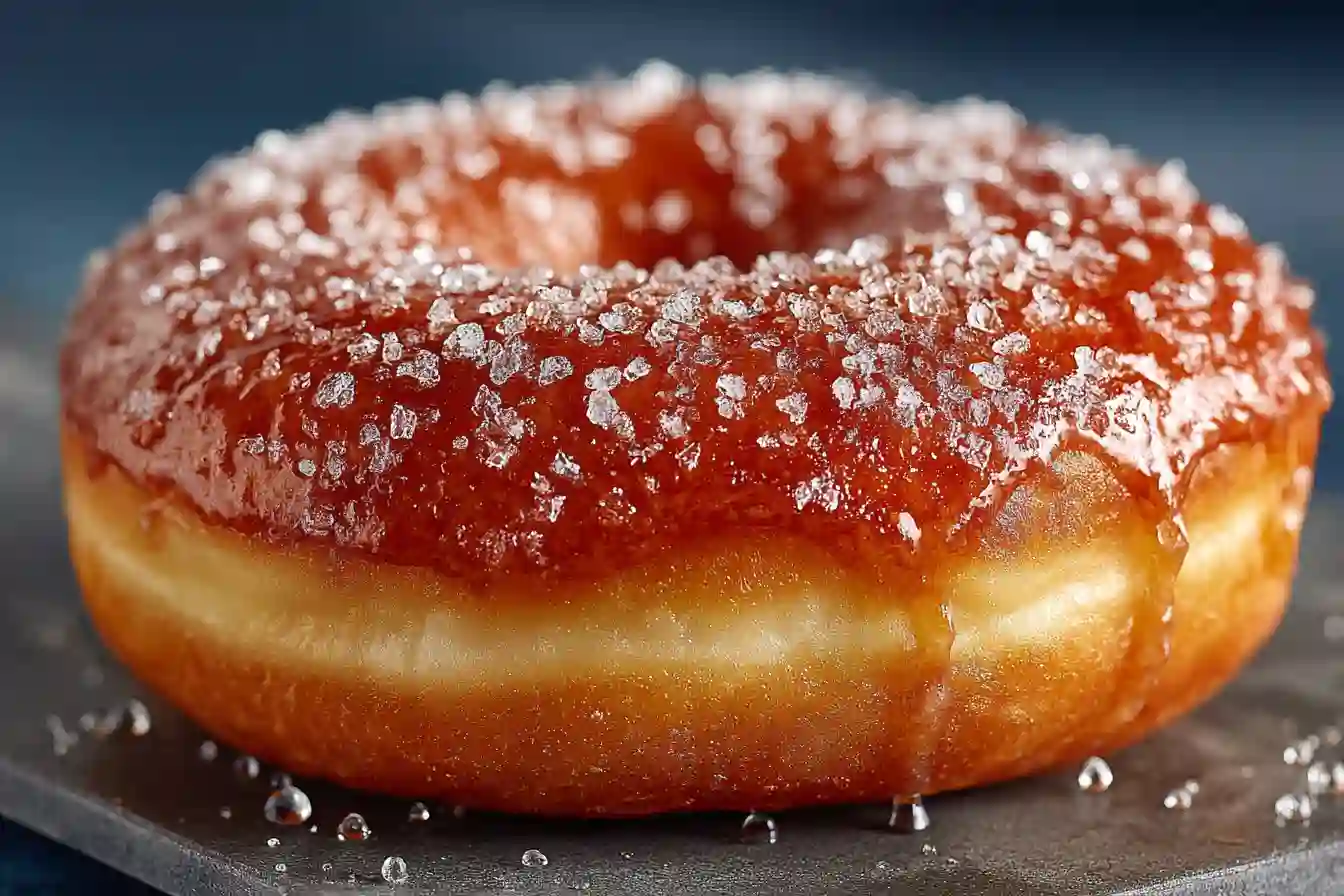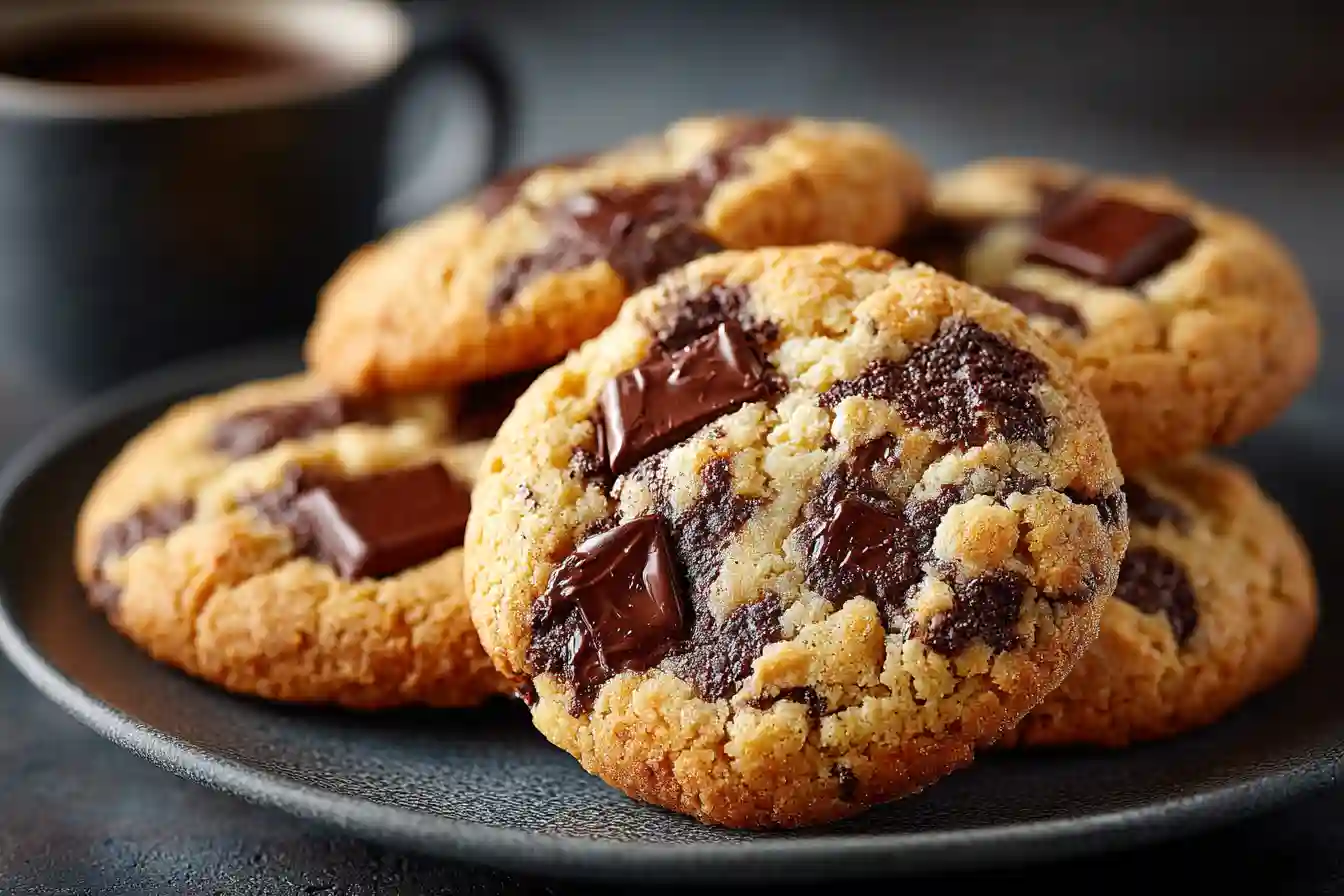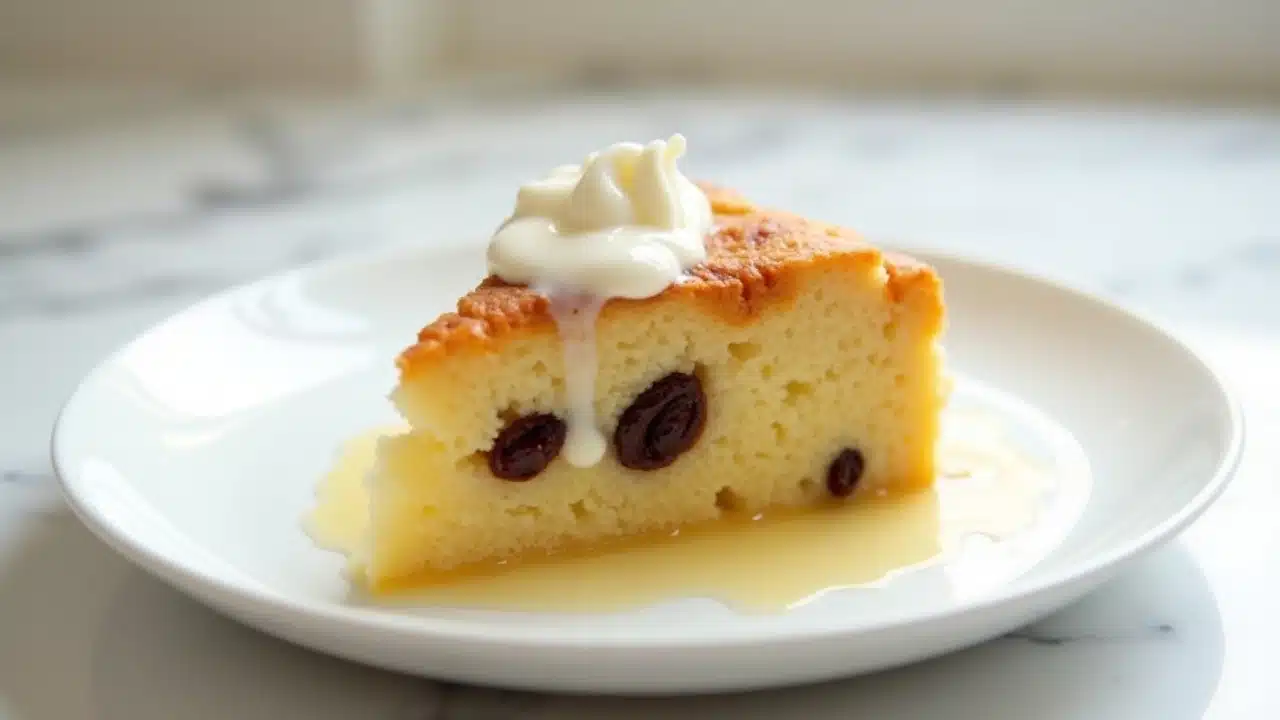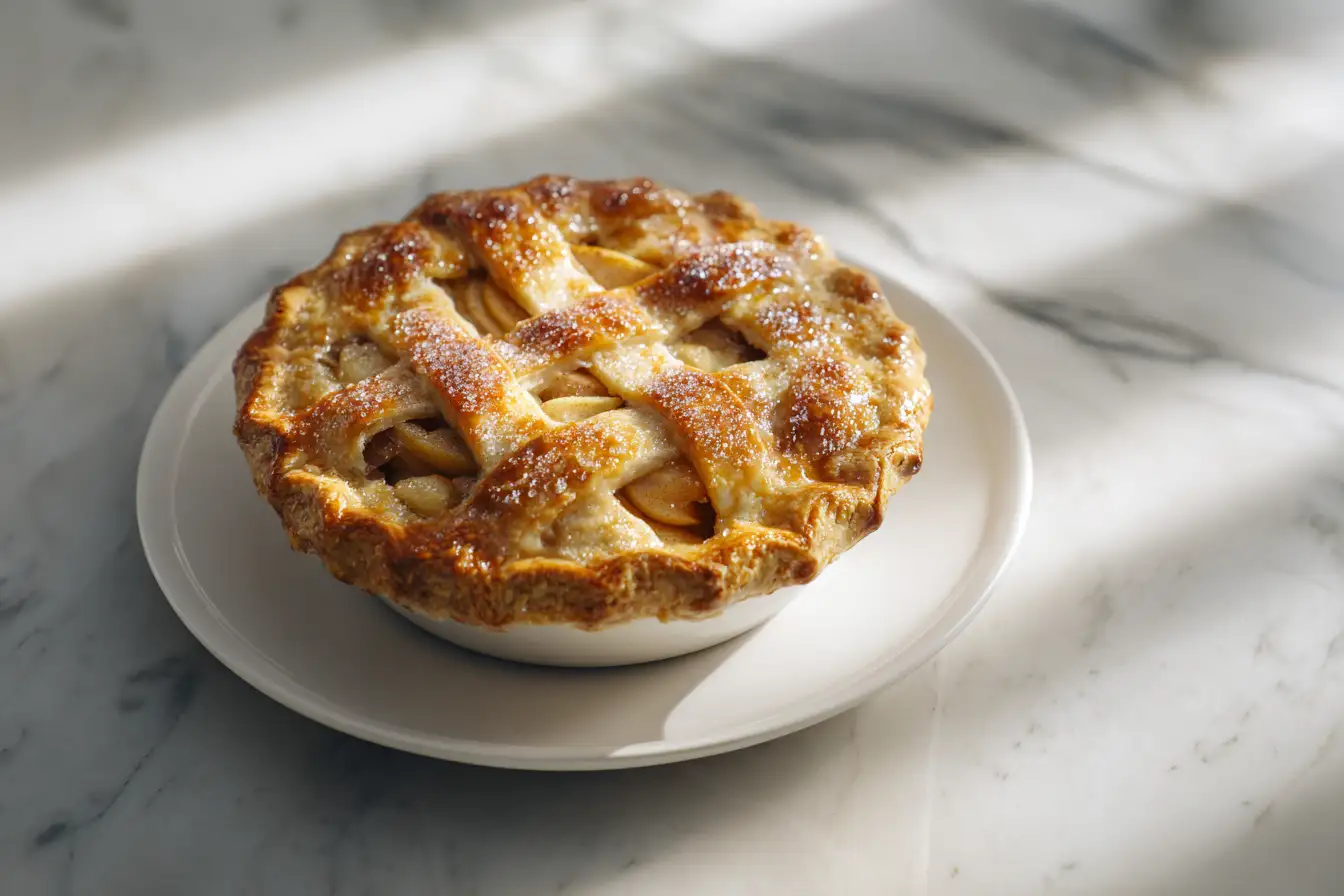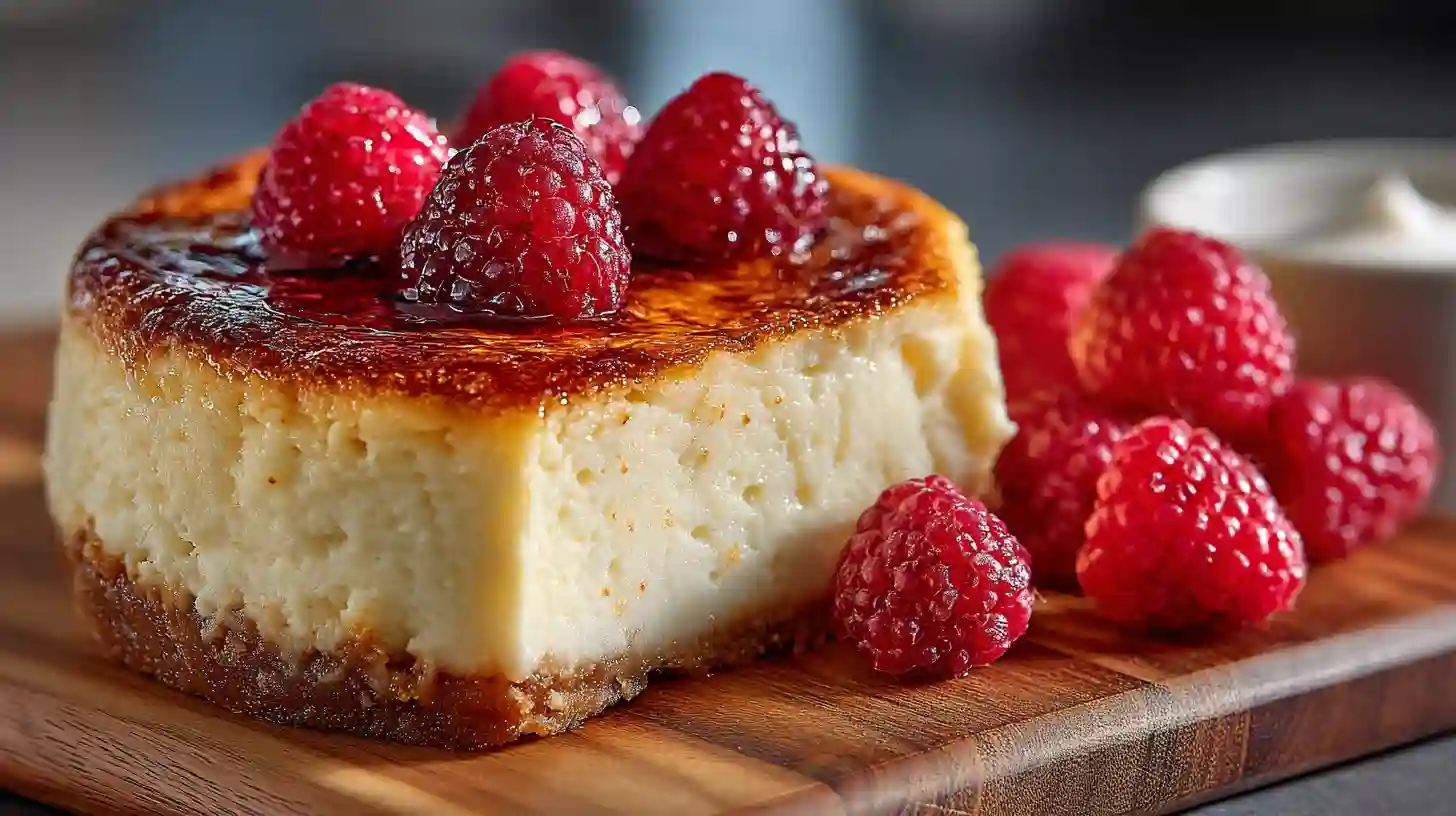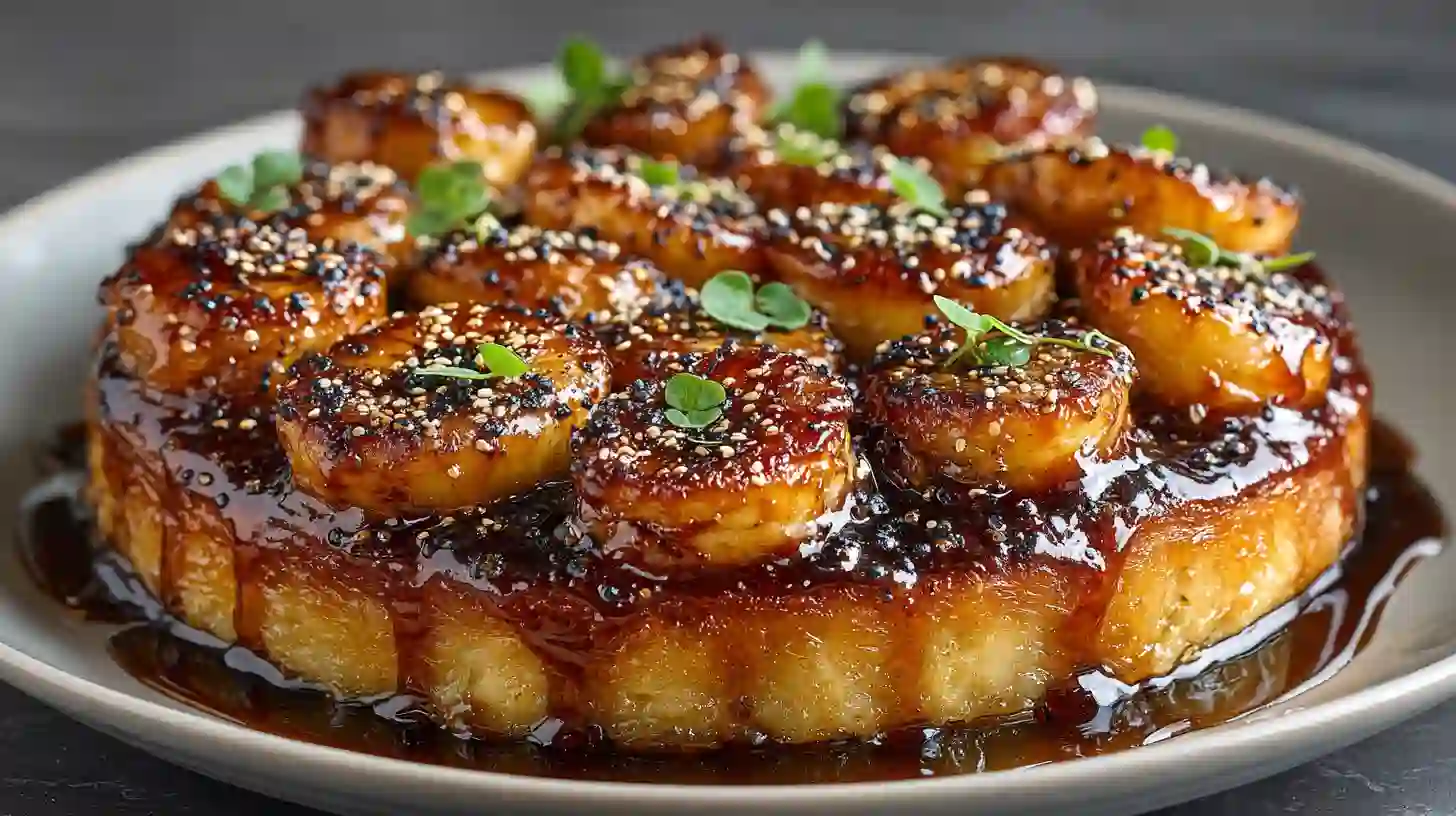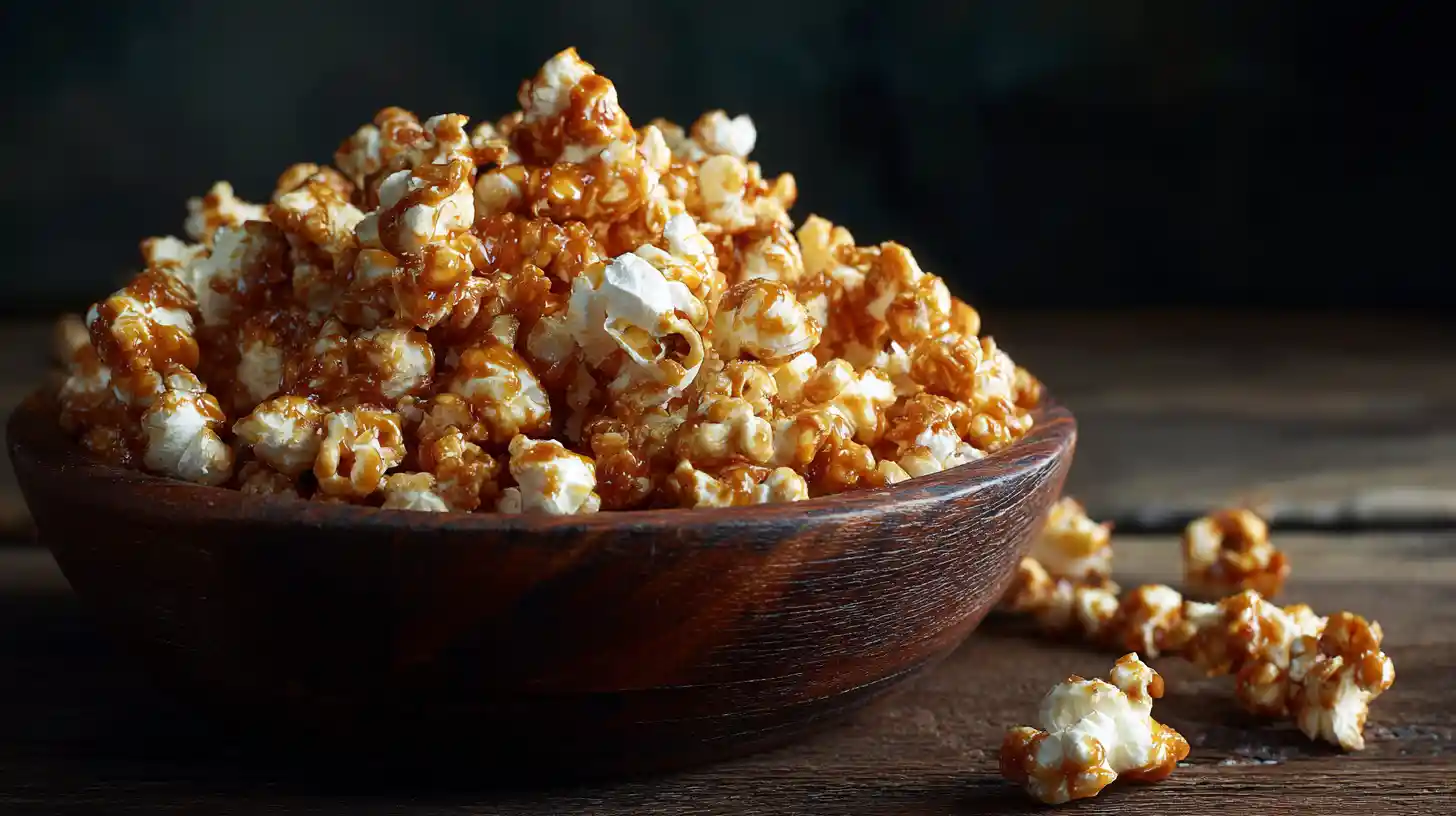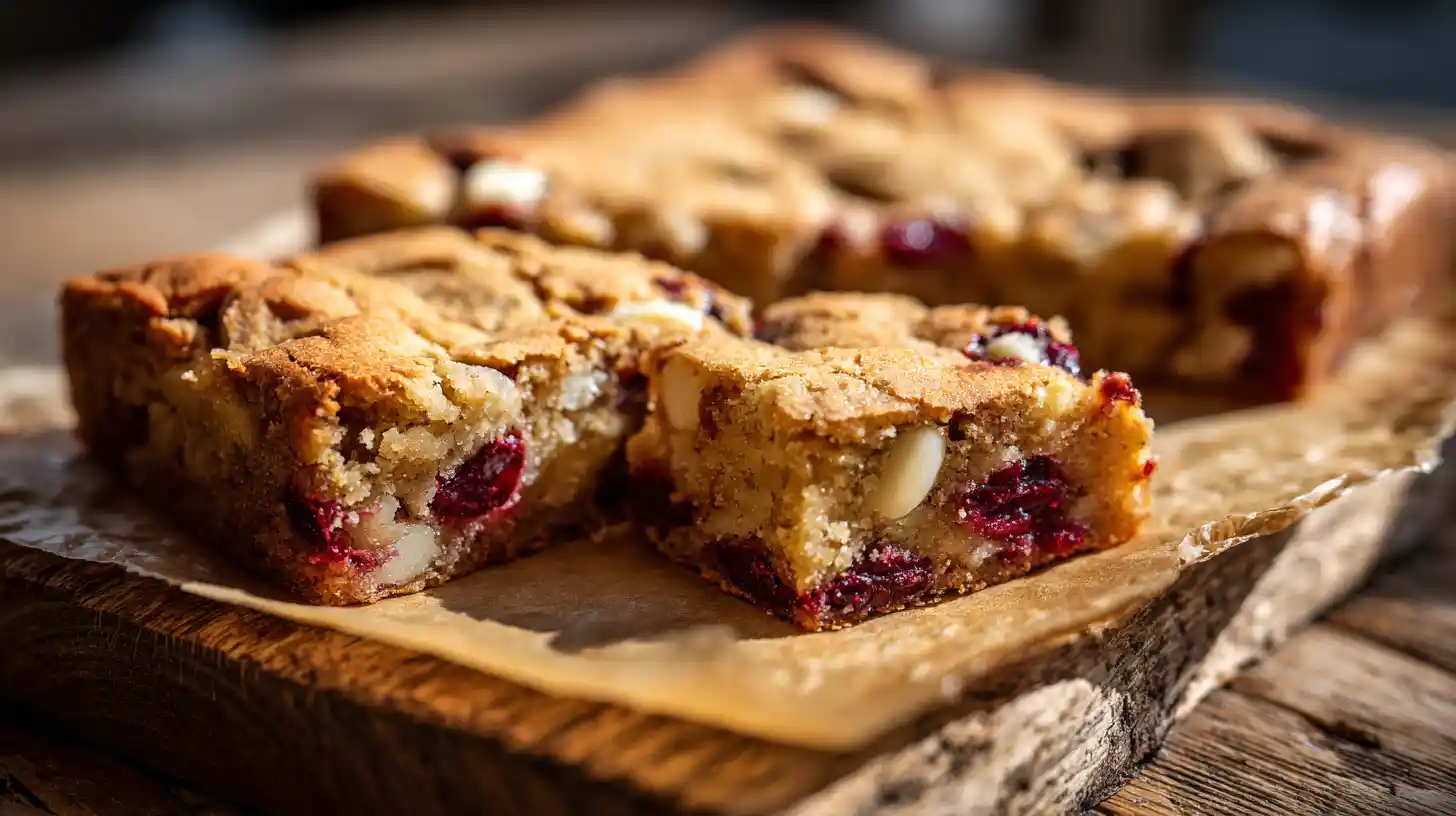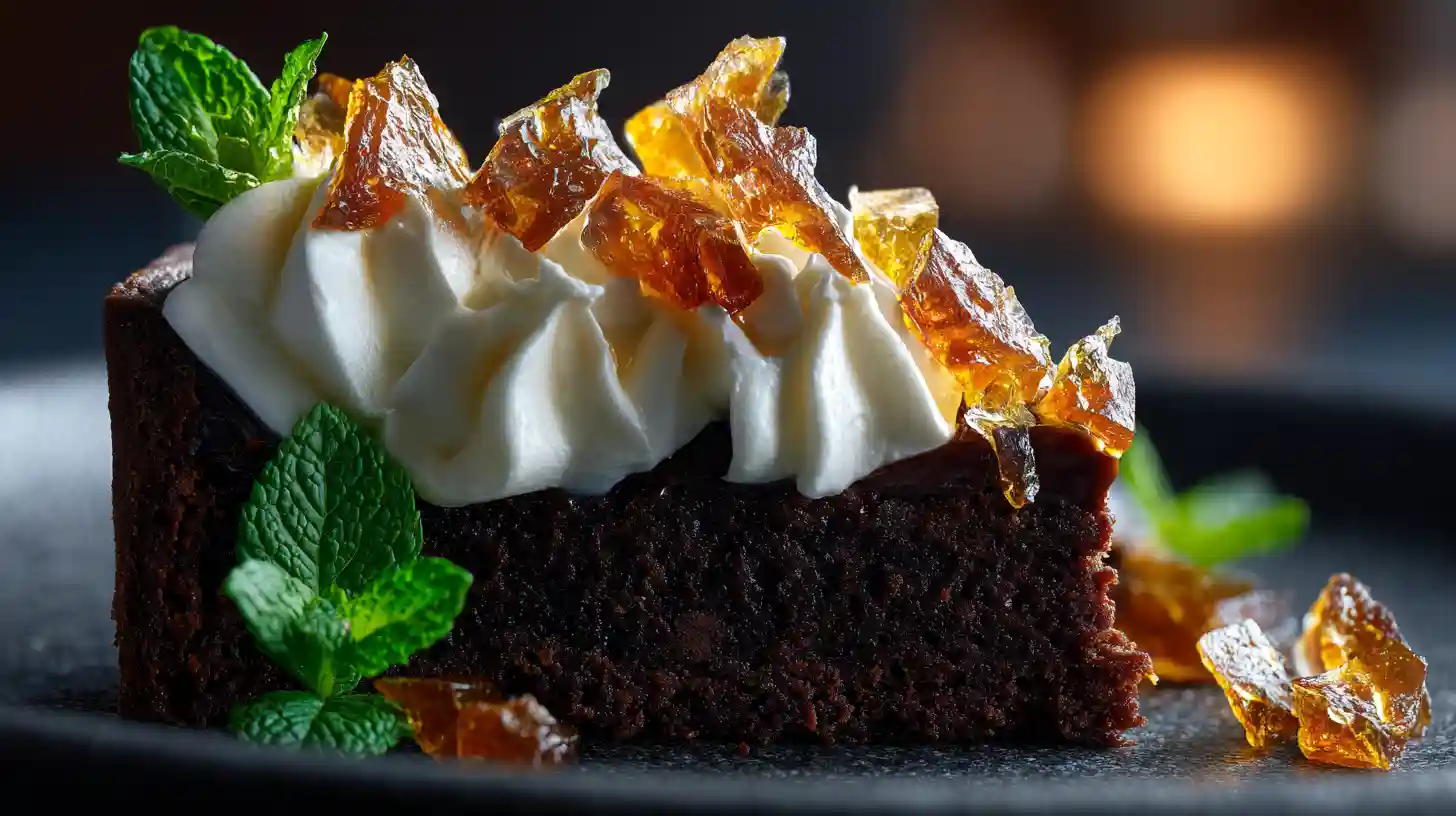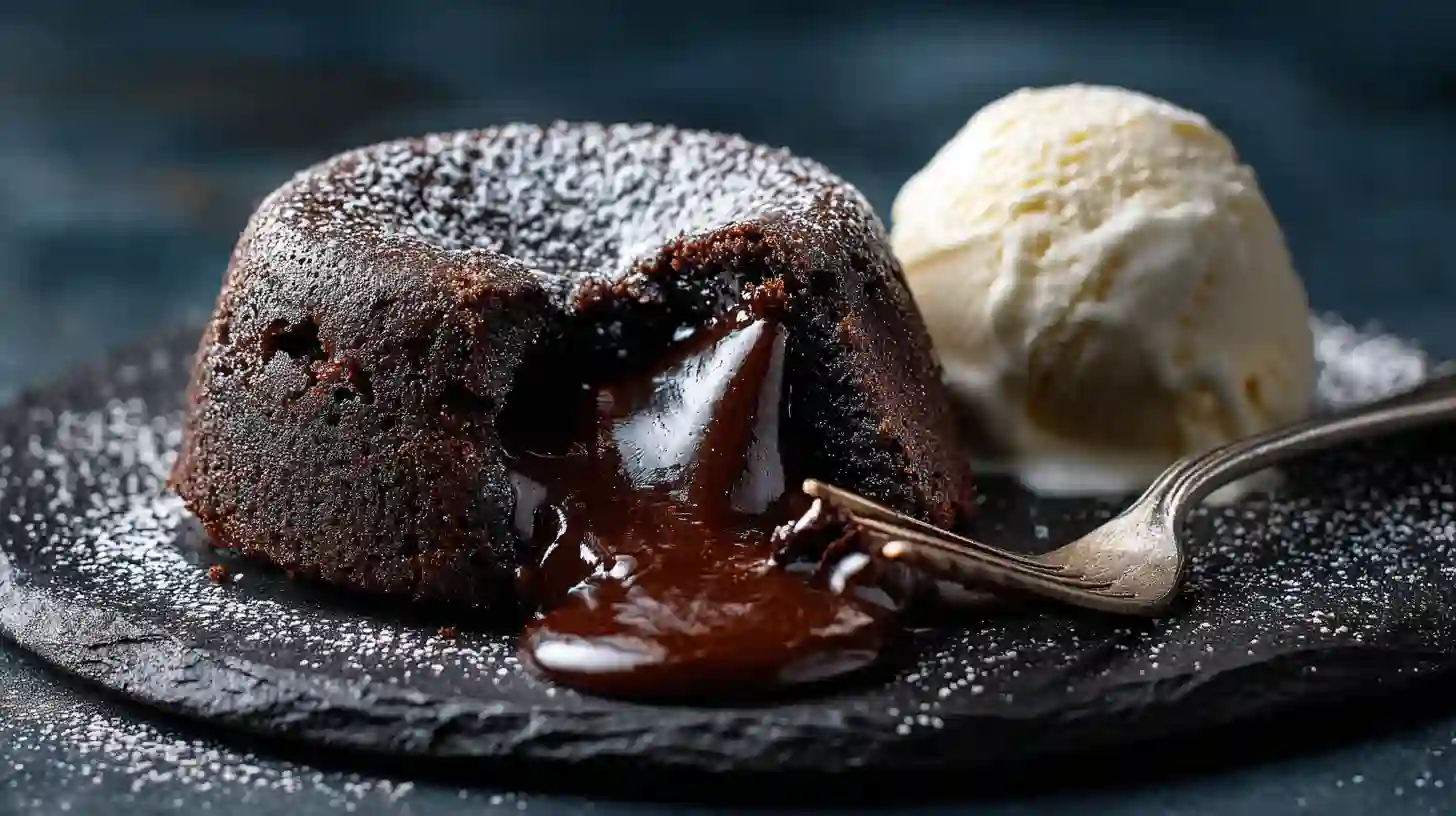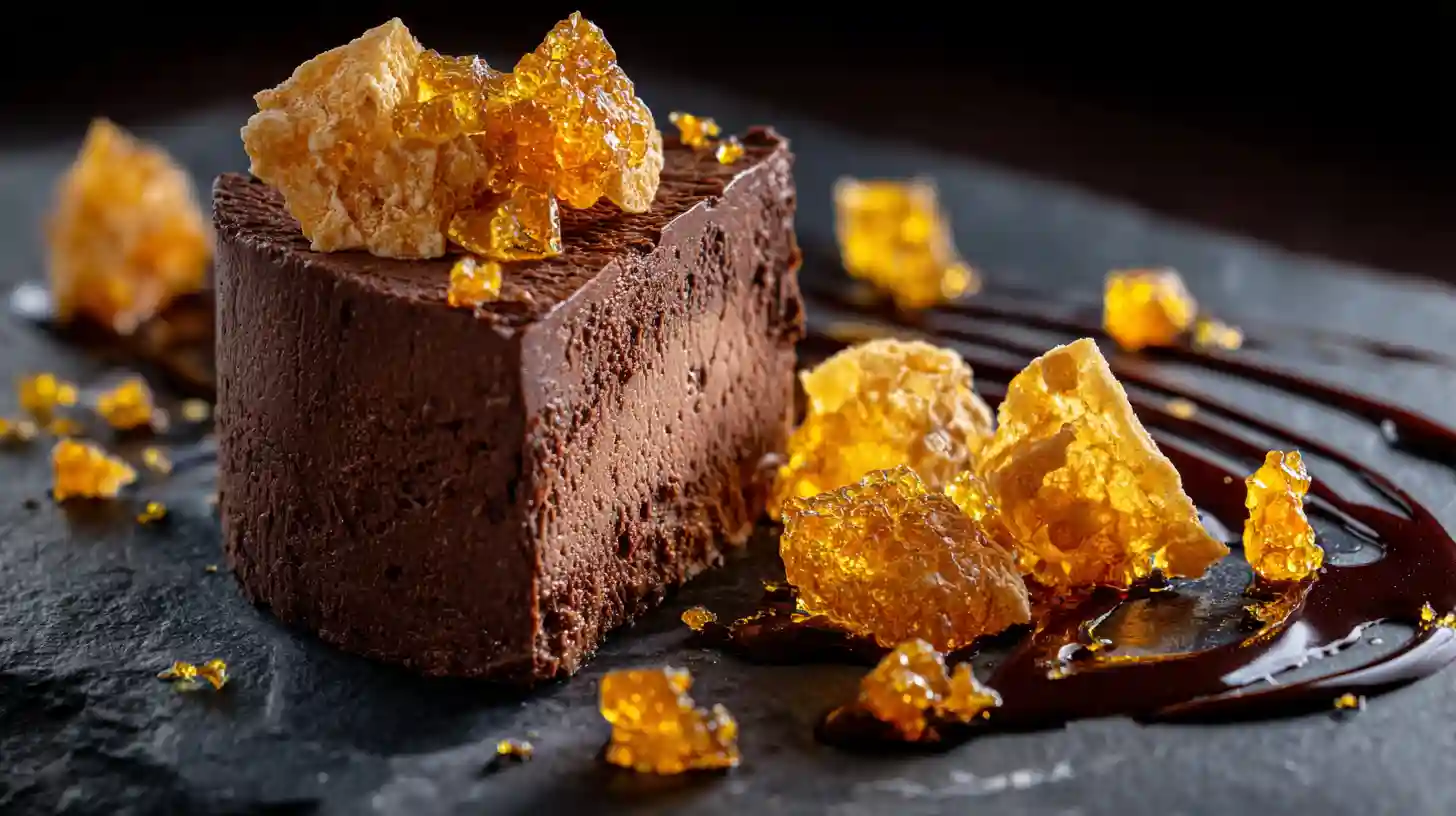For most home cooks, baking is an exercise in hope and fear. Hope that the cake will rise, and fear that you’ll pull a sunken, gooey mess from the oven. For years, I was in that camp. My fondants were always fully cooked, my caramels were grainy, and my tarts had soggy bottoms. The world of Gordon Ramsay desserts and baking seemed like an impossible standard, reserved for chefs with years of experience. I was wrong.
After deconstructing every dessert recipe from his shows and books, I discovered the truth: baking isn’t about hope. It’s about discipline. It’s a science of ratios, temperatures, and timing. Ramsay’s sweets—from a sticky toffee pudding to a molten lava cake—leave absolutely no room for “close enough.” This guide is the blueprint to his philosophy. Learn the non-negotiable rules, and you can master any dessert with precision and confidence.
The Method: Why Authentic Gordon Ramsay Desserts and Baking Works
Unlike savory cooking where you can adjust as you go, baking is chemistry. The reactions are set in motion the moment you combine your ingredients. Ramsay’s method is built on controlling these reactions through three core principles.
1. Precision Over Guesswork: The Scale is Law
This is the number one rule. Stop using cups. American-style volume measurements are wildly inconsistent. A cup of flour can vary by as much as 30% depending on how packed it is. In baking, that’s the difference between a light sponge and a dense brick. Ramsay’s entire pastry philosophy is built on the precision of a digital kitchen scale. Every gram matters. When you weigh your ingredients, you are not just following a recipe; you are replicating a precise chemical formula, ensuring a consistent, reliable result every single time.
2. Temperature is Everything: From Butter to Bake
Temperature control is the silent variable that derails most home bakers. This applies to your ingredients and your oven.
- Ingredient Temperature: When a recipe calls for room temperature butter and eggs, it’s not a suggestion. Cold ingredients do not emulsify properly. Room temperature butter creams with sugar to create tiny air pockets that give cakes their lift. Room temperature eggs blend seamlessly into batter, creating a smooth, homogenous mixture.
- Oven Temperature: Most home ovens are liars. They can be off by 25-50 degrees. An independent oven thermometer is the most important, inexpensive tool you can own. An oven that’s too hot will burn the outside of your cake before the inside is cooked. An oven that’s too cool will cause your bake to be pale, dense, and sunken. Precise Gordon Ramsay desserts and baking demands a precisely calibrated oven.
3. The Balance of Flavors and Textures
Ramsay’s desserts are never just one-note sweet. They are an exercise in contrast. A rich, dark chocolate fondant is cut with the sharpness of a raspberry coulis. The deep, treacly sweetness of a sticky toffee pudding is balanced by a slightly salted caramel sauce and a scoop of cold vanilla bean ice cream. The sharp, acidic bite of a lemon tart is mellowed by a dollop of rich, unsweetened cream. This balance is intentional. It keeps the palate engaged and transforms a simple sweet into a memorable dessert.
Mistake Watchouts: I Failed So You Don’t Have To
I have made every mistake possible in my quest to master Gordon Ramsay desserts and baking. My kitchen has been a comedy of errors. Learn from my disasters.
- Mistake #1: The Sunken Chocolate Fondant. I pulled my lava cakes from the oven, and they immediately deflated into sad, chocolate pucks. The cause? I over-mixed the batter, beating all the air out of the eggs after folding in the flour. The Fix: Fold, don’t beat. Once the flour goes in, your goal is to gently incorporate it until it’s just combined. Use a spatula to cut through the middle and gently scrape from the bottom to the top, preserving all the air you worked so hard to whip in.
- Mistake #2: The Grainy, Seized Caramel. I was making caramel for a sticky toffee pudding. The sugar started to melt, so I stirred it with a spoon. Instantly, it seized into a solid, grainy rock. I ruined the sugar and the pan. The Fix: Don’t touch melting sugar. Let the heat do the work. Add sugar and a splash of water to a heavy-bottomed pan and let it melt over medium heat. If you need to even it out, swirl the pan; do not introduce a spoon, which encourages crystallization.
- Mistake #3: The Soggy Bottom Tart. My lemon tart looked beautiful on top, but the pastry base was pale and soft. The culprit? I didn’t “blind bake” the pastry shell properly. The Fix: Blind baking is non-negotiable. Line your raw pastry shell with parchment paper, fill it with baking beans or rice, and bake it until the edges are golden. Then, remove the weights and paper and bake for another 5-10 minutes until the base is pale golden and dry. This creates a waterproof seal that keeps the filling from soaking in.
Essential Desserts & Baking Recipes to Master
Once you understand the philosophy of precision, you can apply it to Ramsay’s most iconic creations. These recipes are the pillars of his dessert repertoire.
- The Chocolate Fondant (Lava Cake): The ultimate test of precise timing and temperature control. Nailing the molten center is a rite of passage.
- Sticky Toffee Pudding: A masterclass in creating a balanced, deeply flavorful caramel sauce and a perfectly light, moist sponge.
- Classic Lemon Tart: This dish teaches finesse. It requires a crisp, buttery pastry and a silky, sharp lemon curd that sets perfectly without scrambling.
- New York Cheesecake: This recipe demonstrates the power of gentle, even heat. Ramsay’s method often uses a water bath (bain-marie) to insulate the cheesecake, preventing cracks and ensuring a creamy, flawless texture.
Plating and Execution
Ramsay’s dessert plating is elegant and restrained. Let the dessert be the hero.
- Contrast is Key: A warm dessert like a fondant or pudding should always be paired with something cold, like a scoop of ice cream or a quenelle of crème fraîche.
- Keep it Clean: Use a fine-mesh sieve for a delicate, even dusting of powdered sugar. Wipe the rim of the plate clean of any smudges.
- Minimalist Garnish: A single sprig of mint, a few fresh berries, or a drizzle of sauce is all you need. Don’t clutter the plate.

